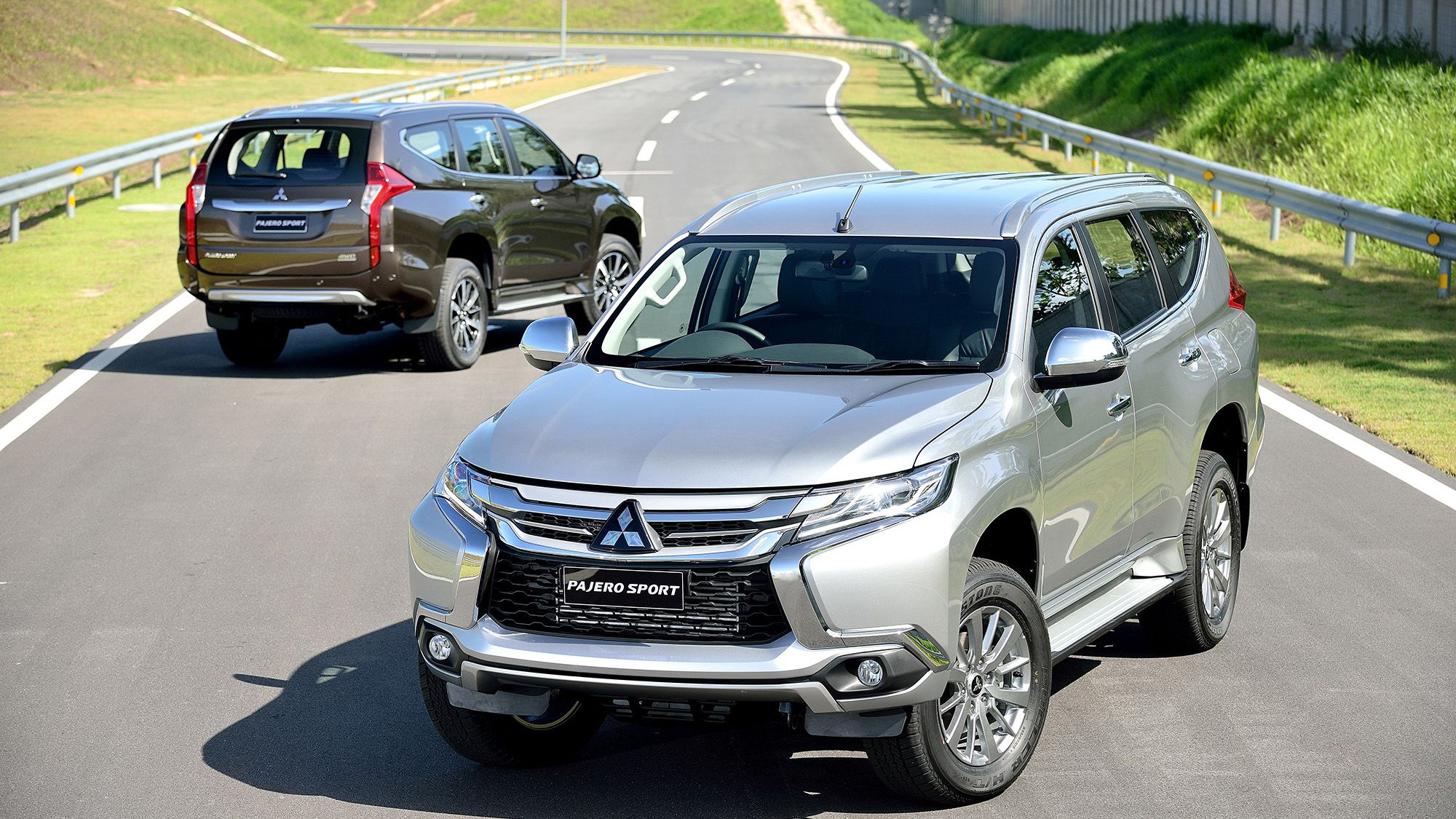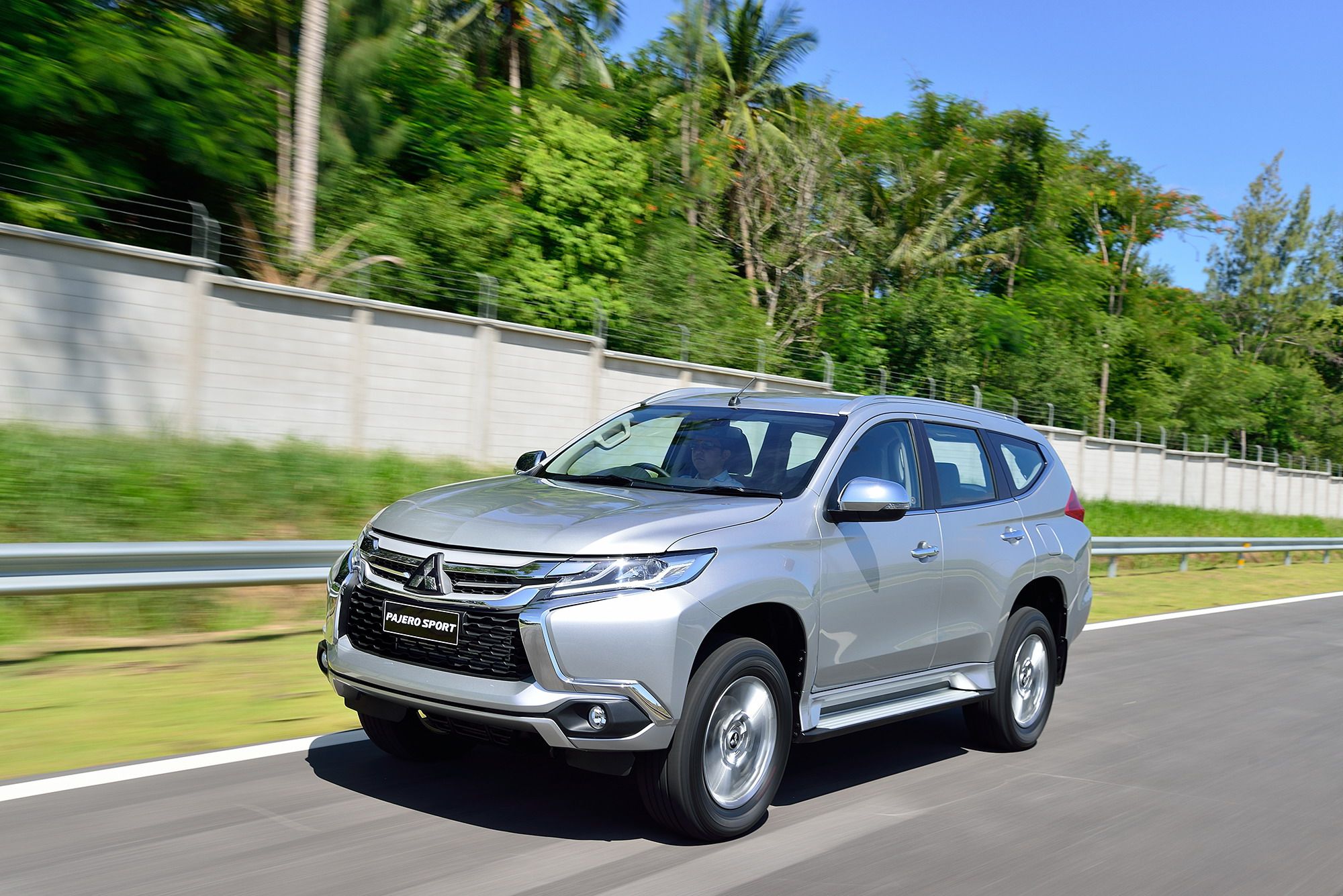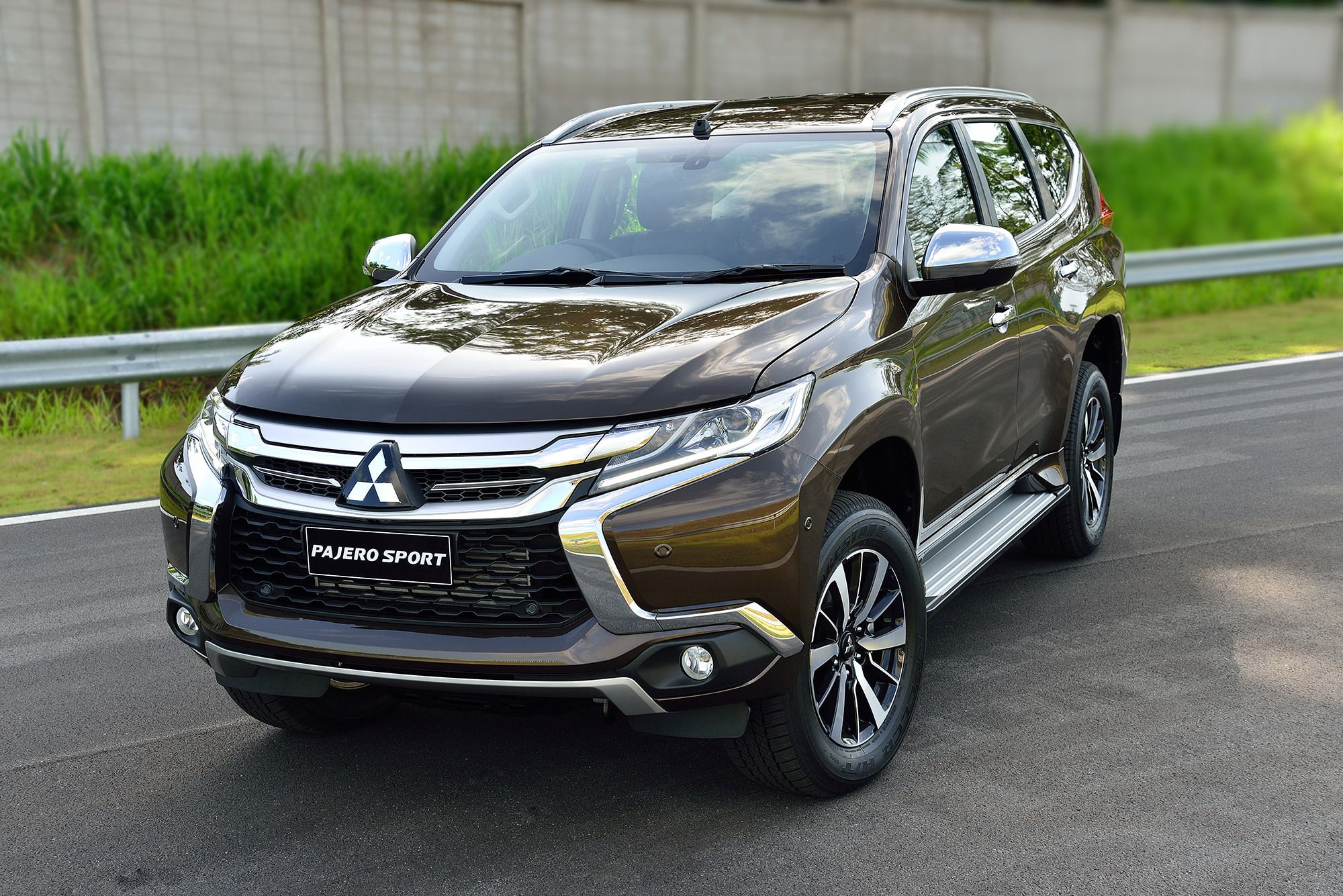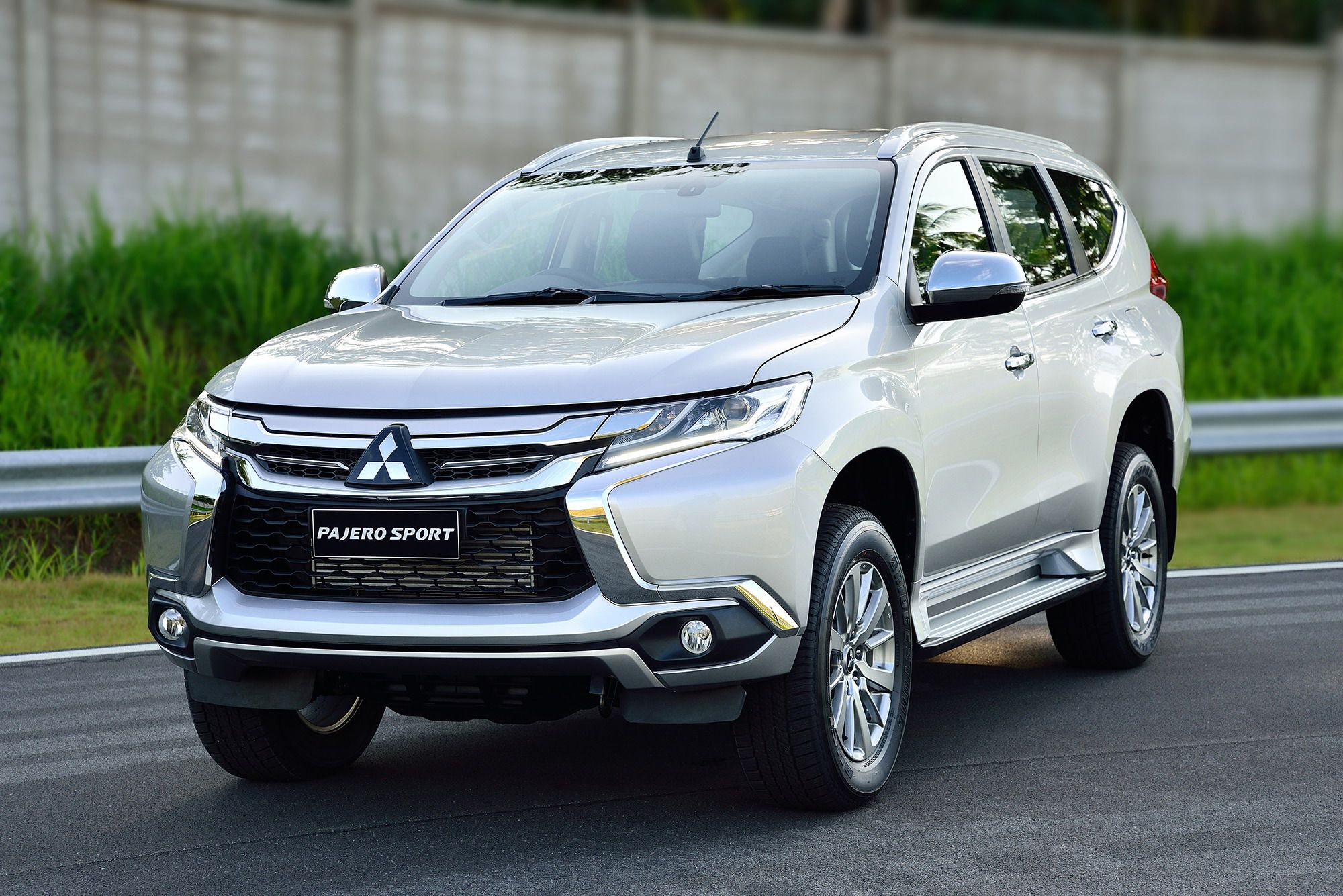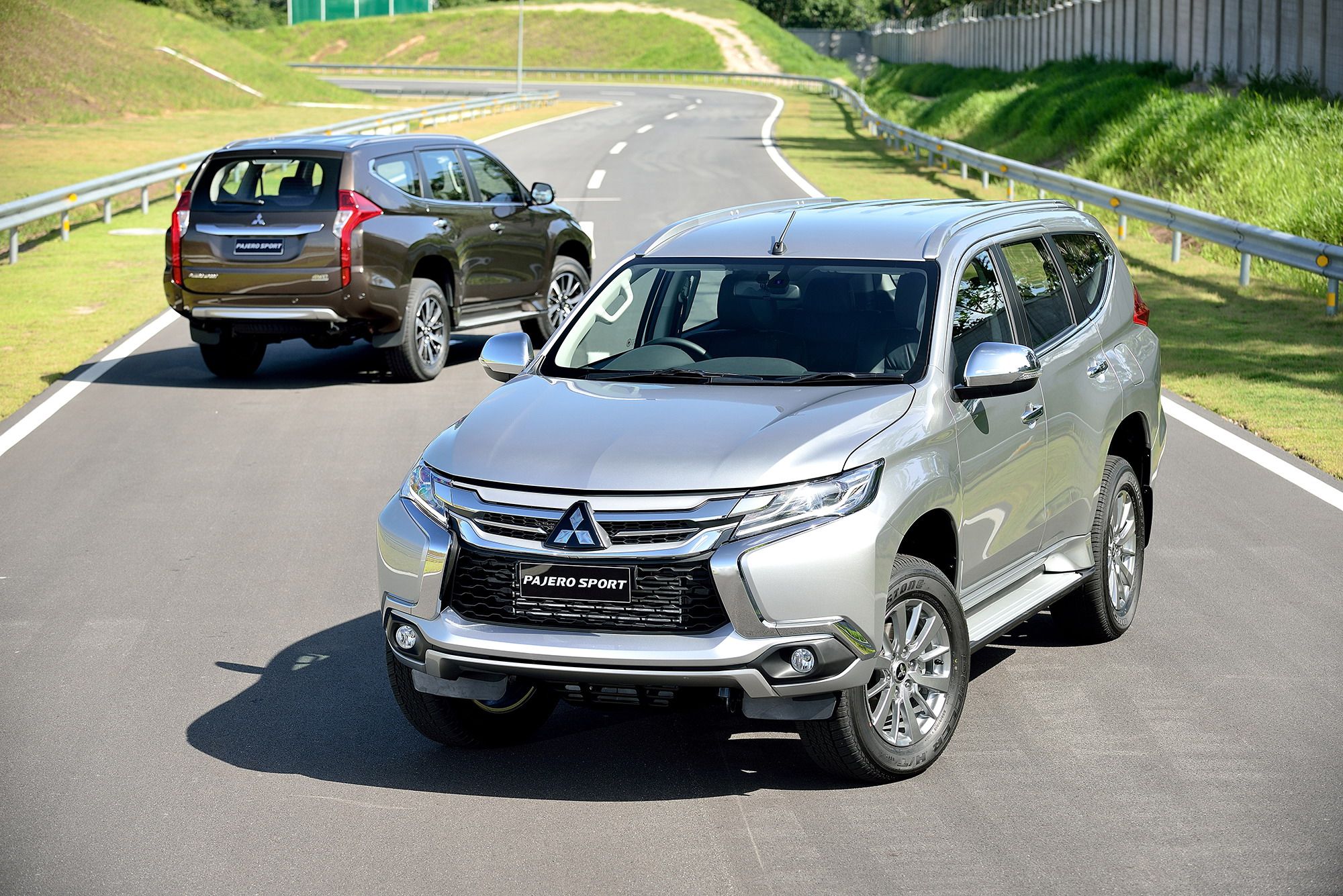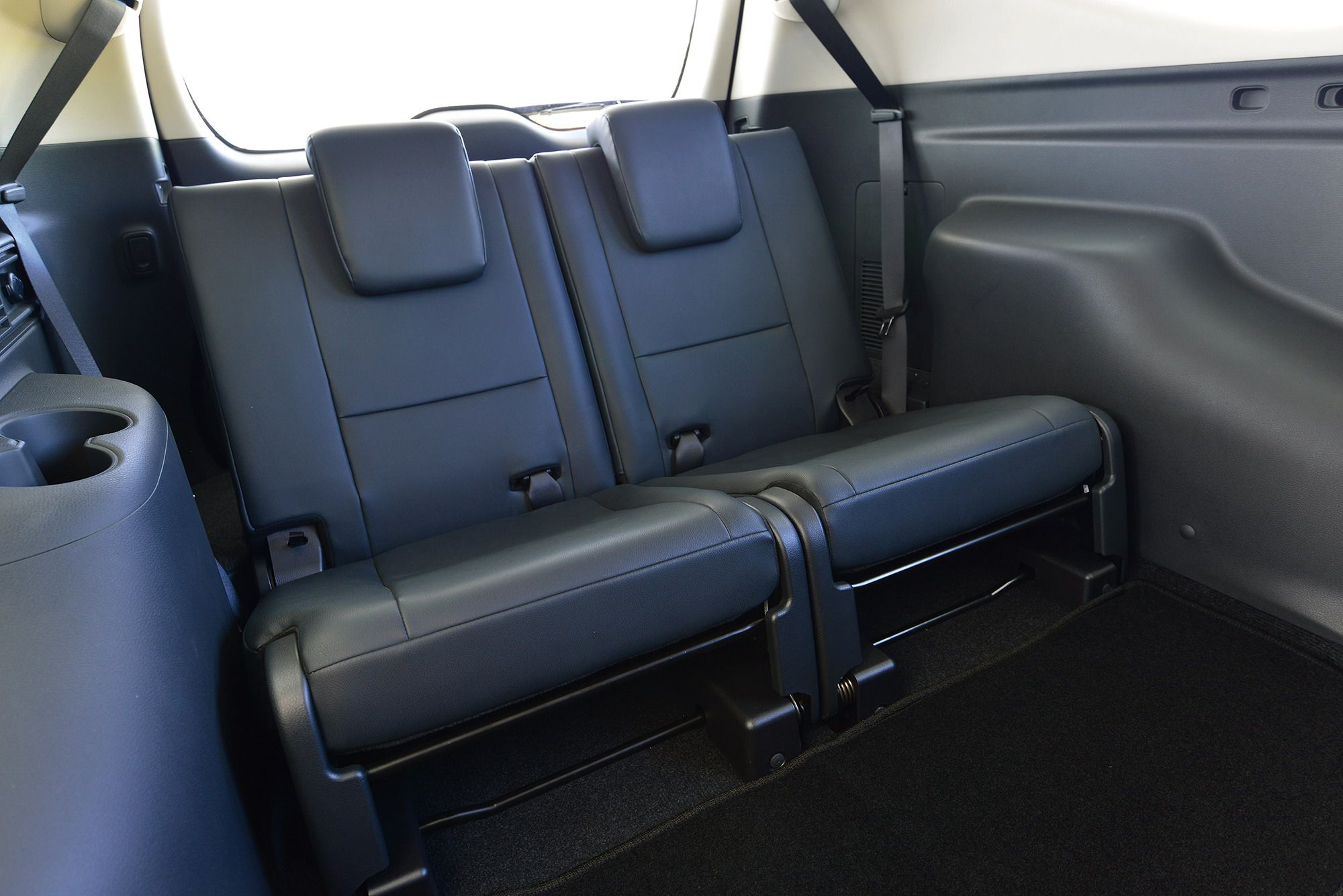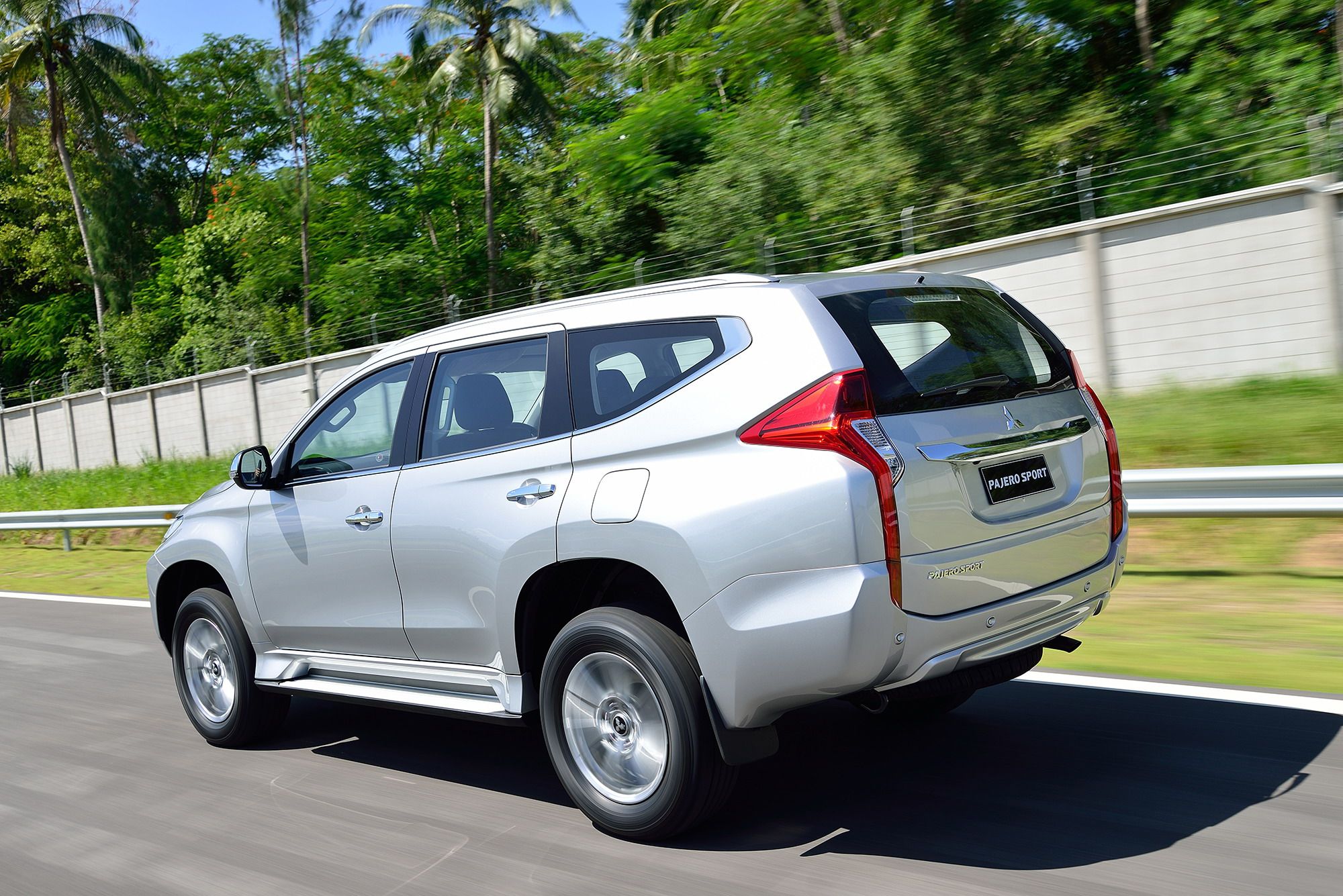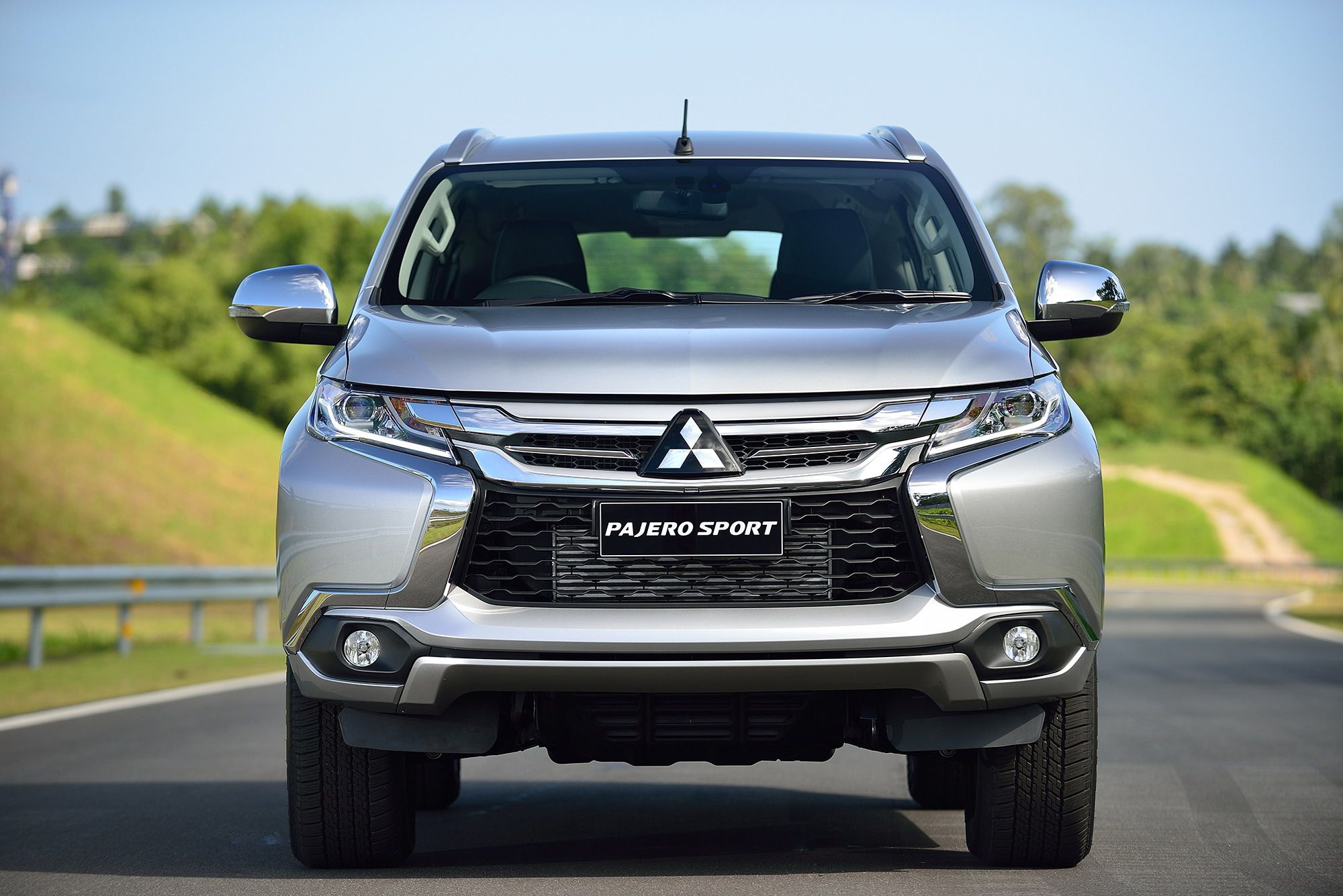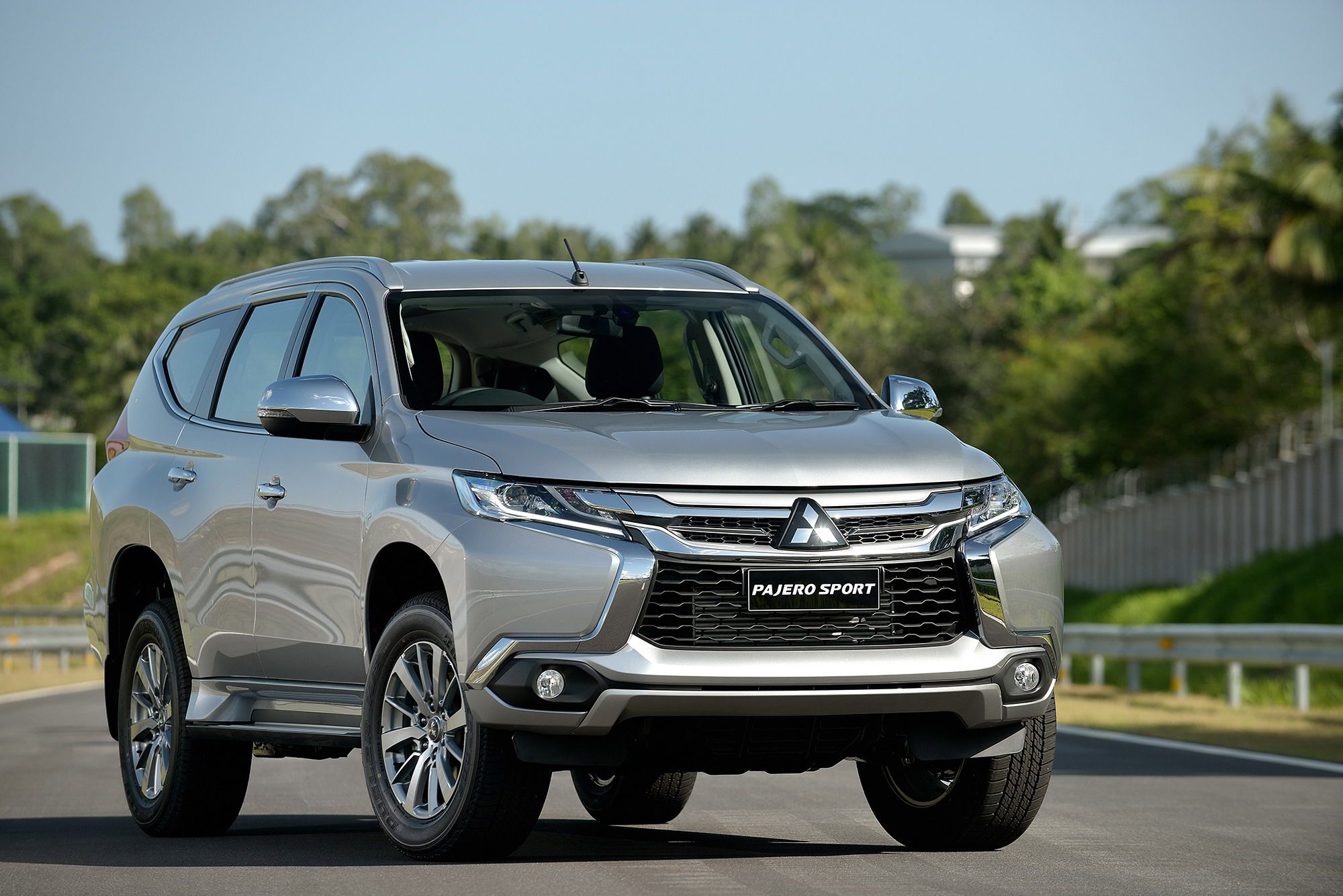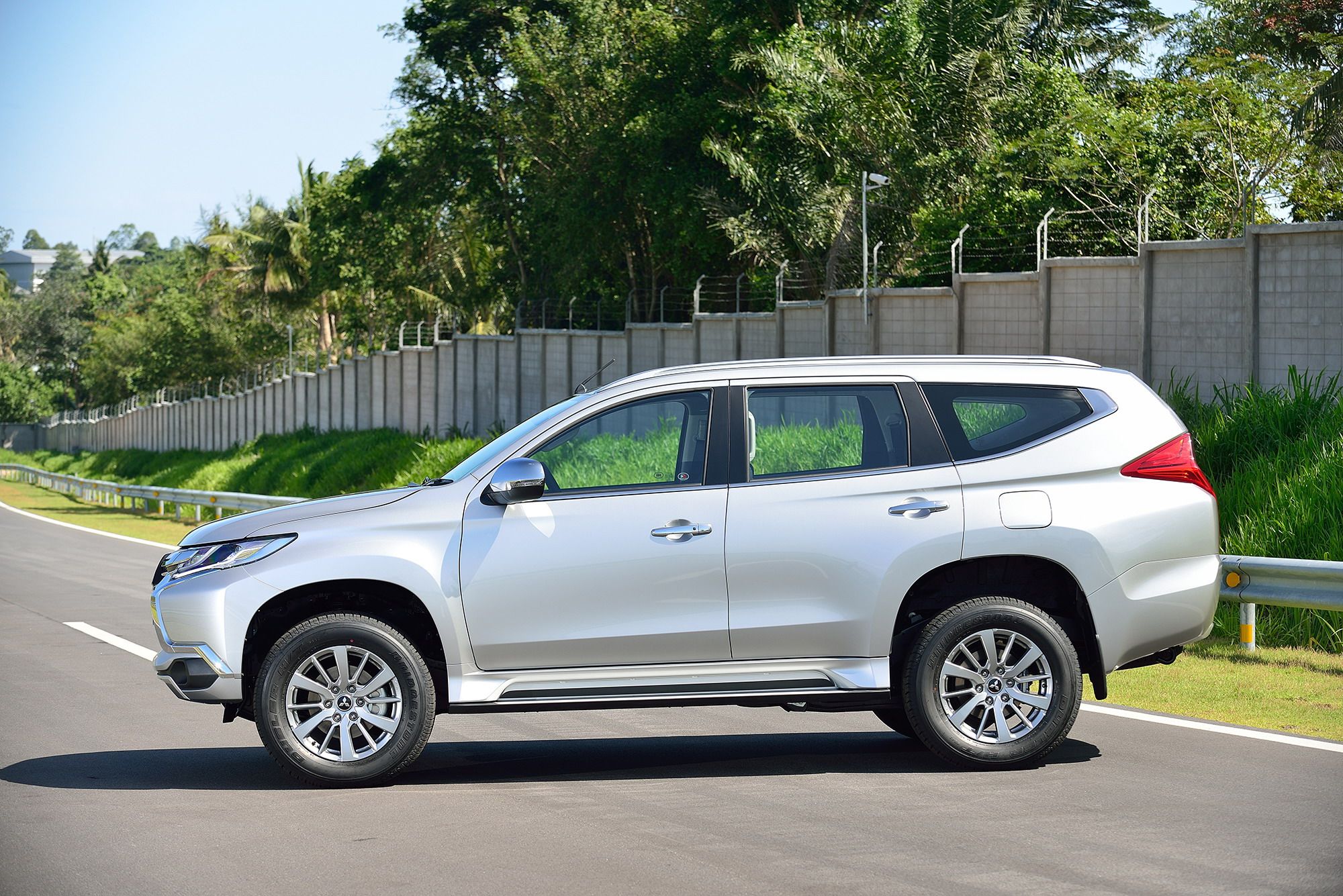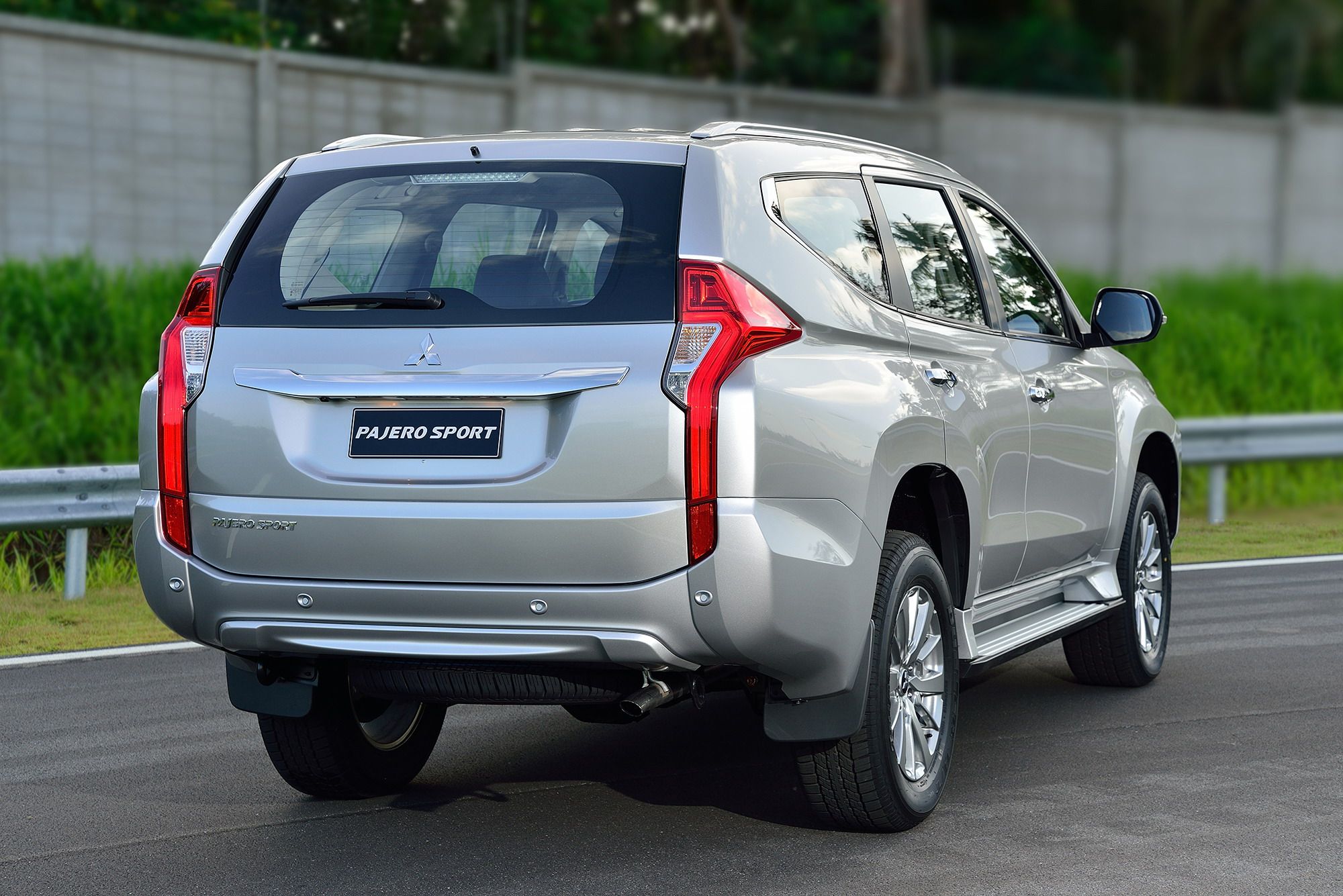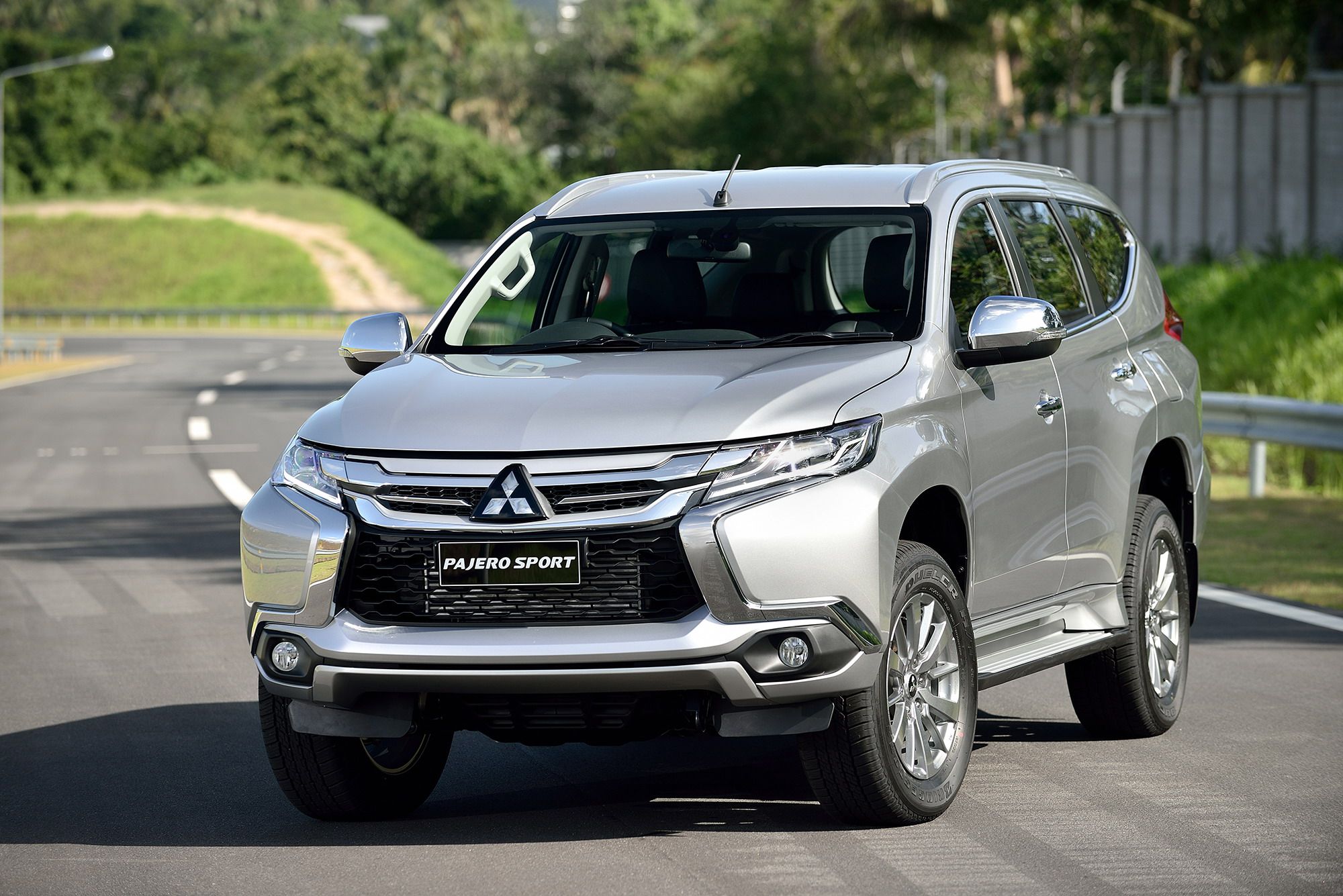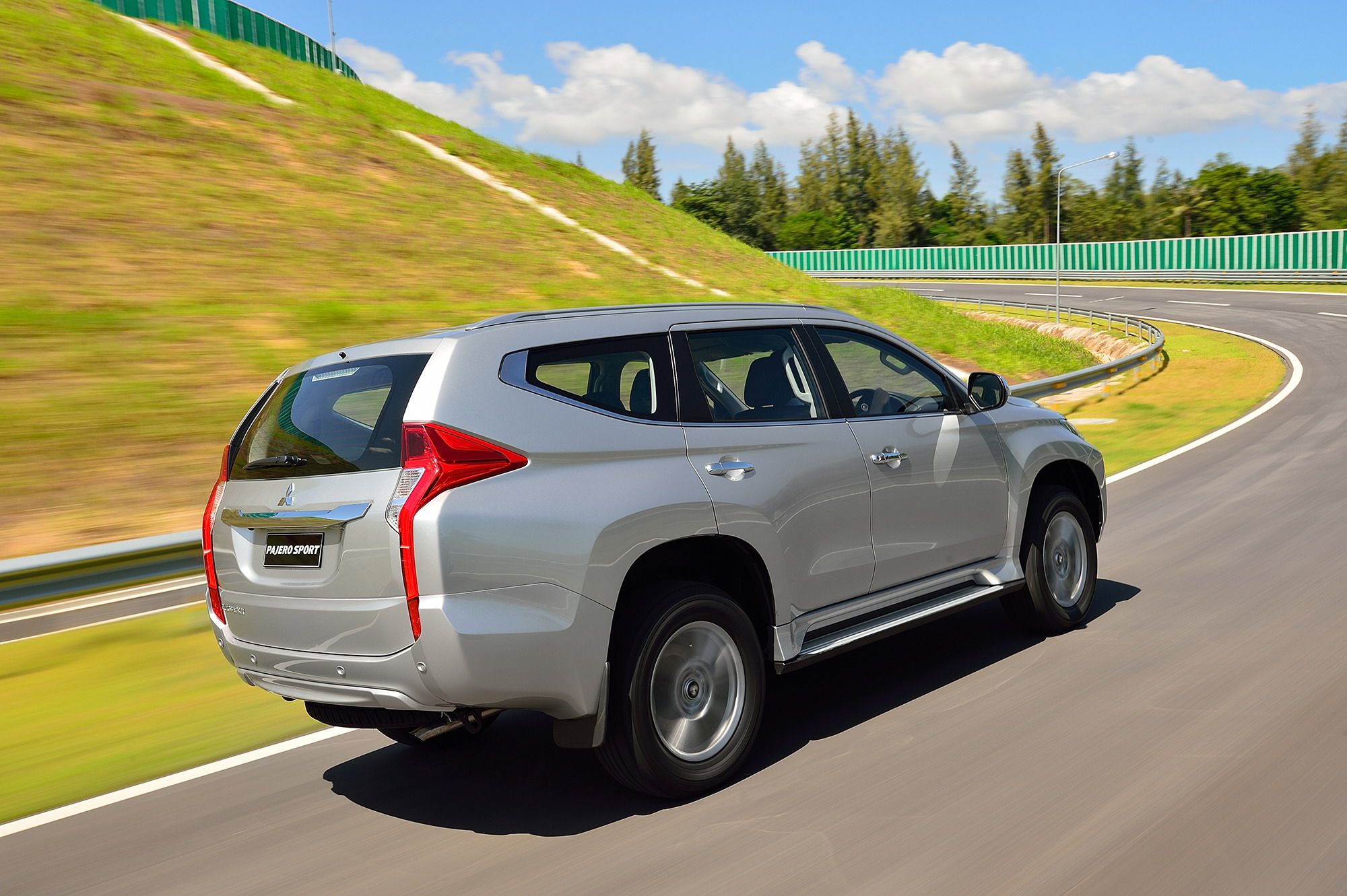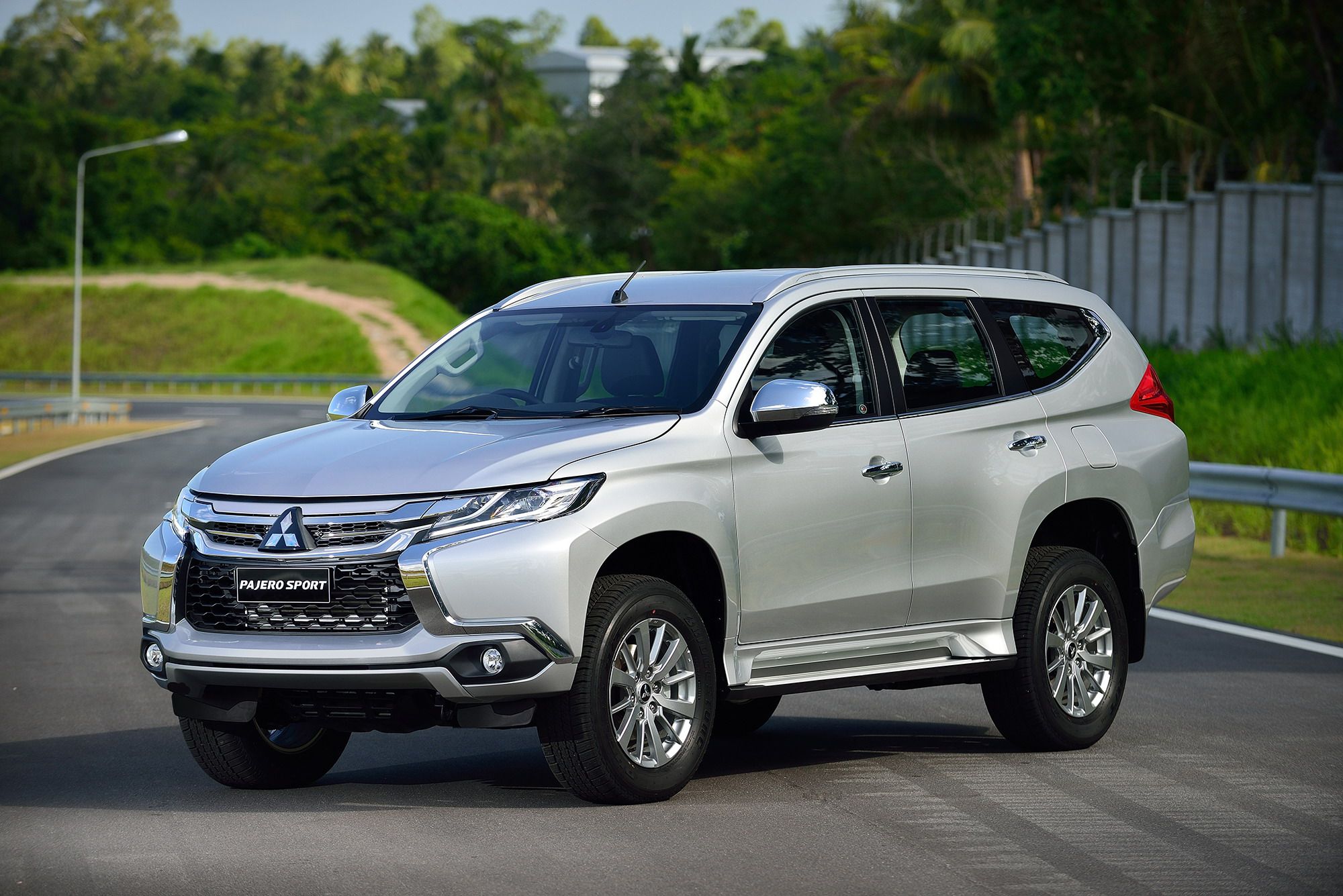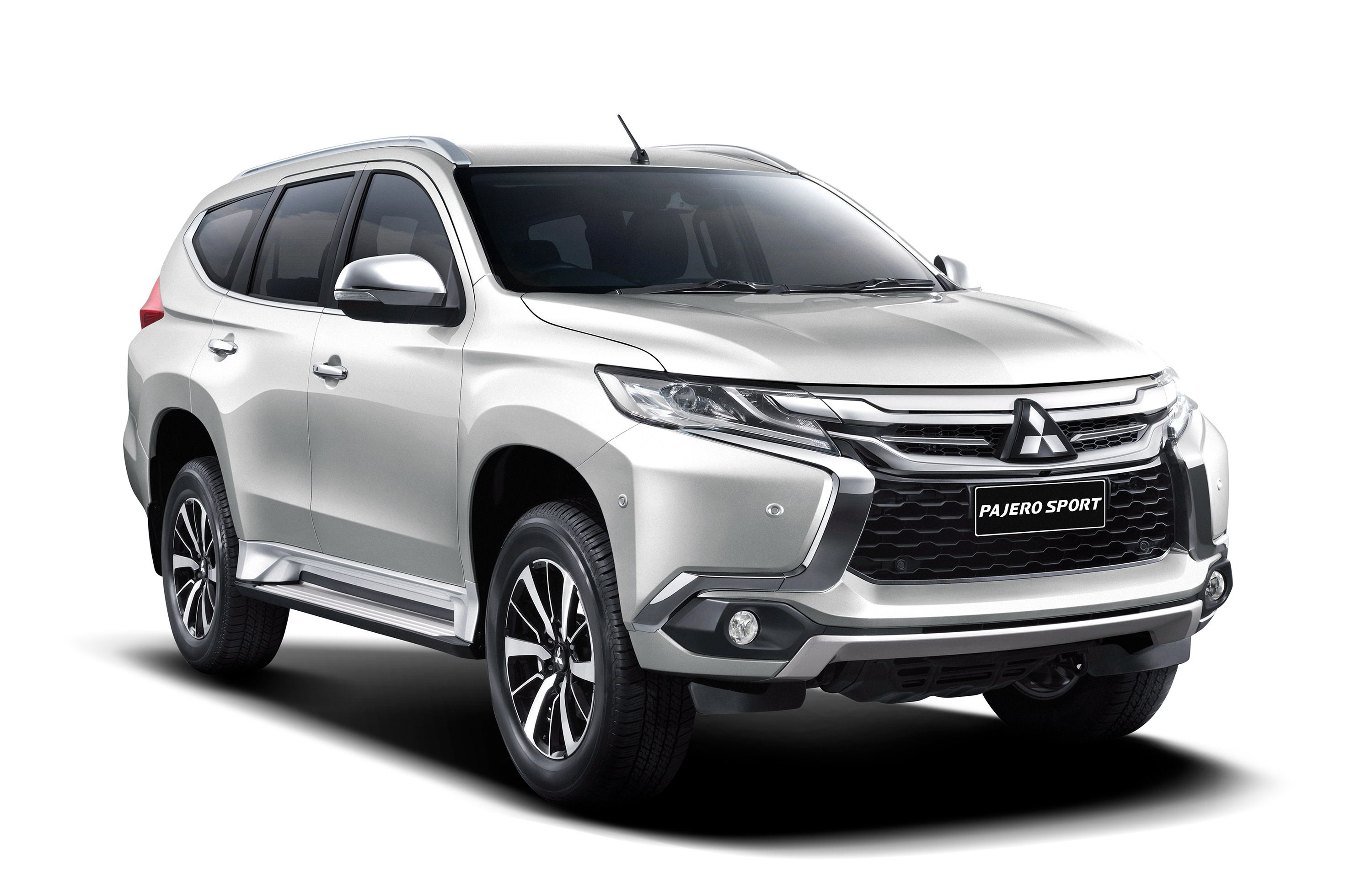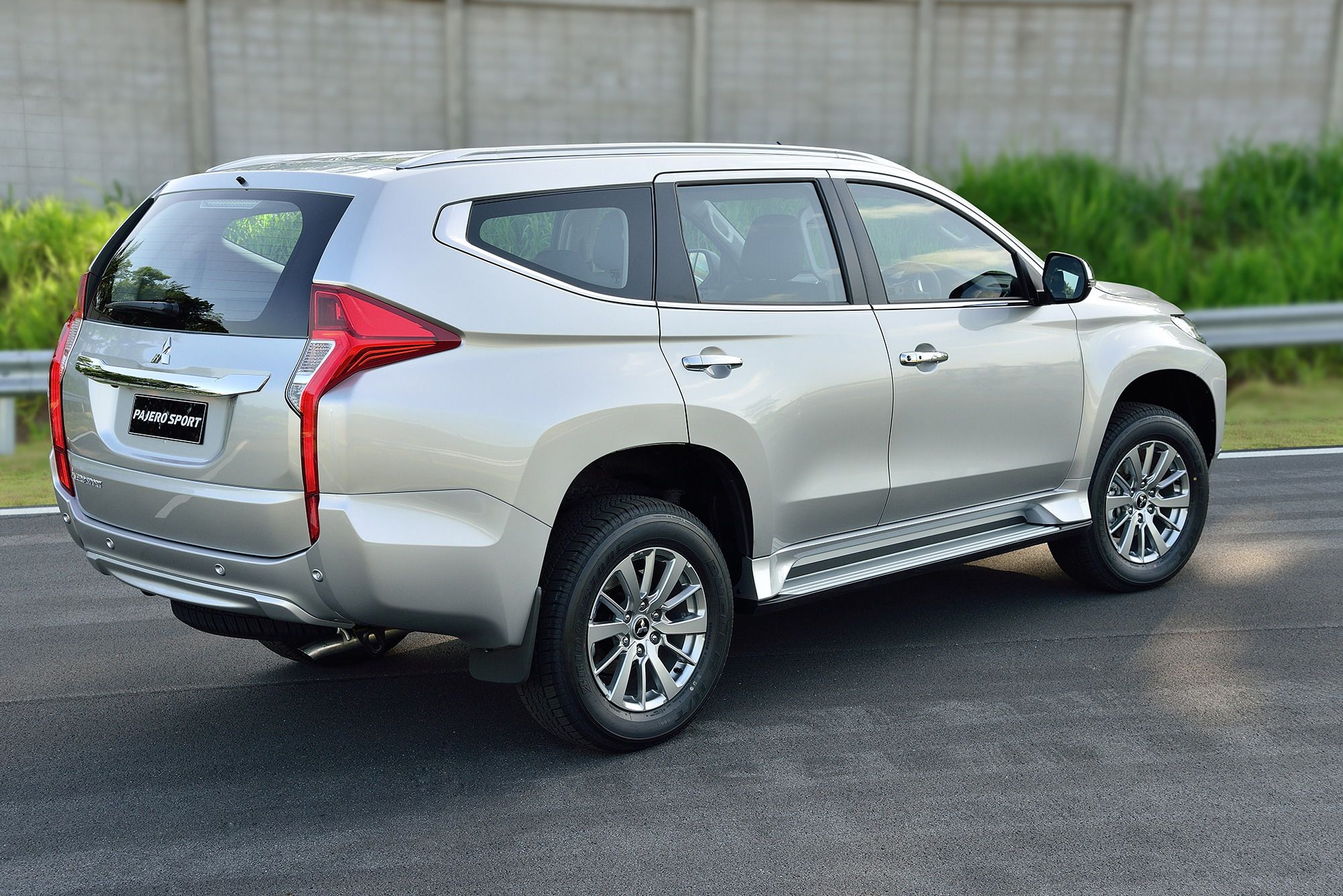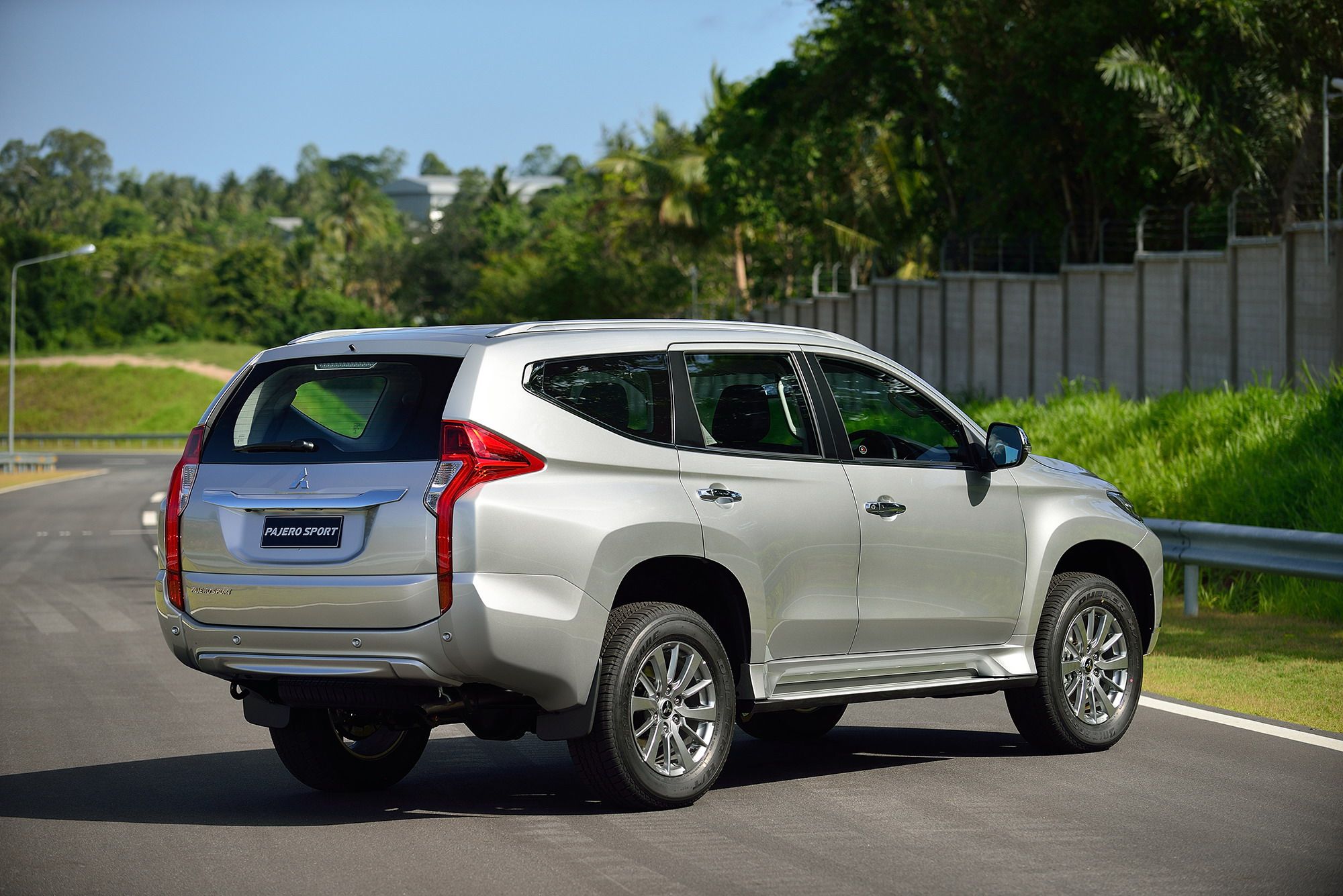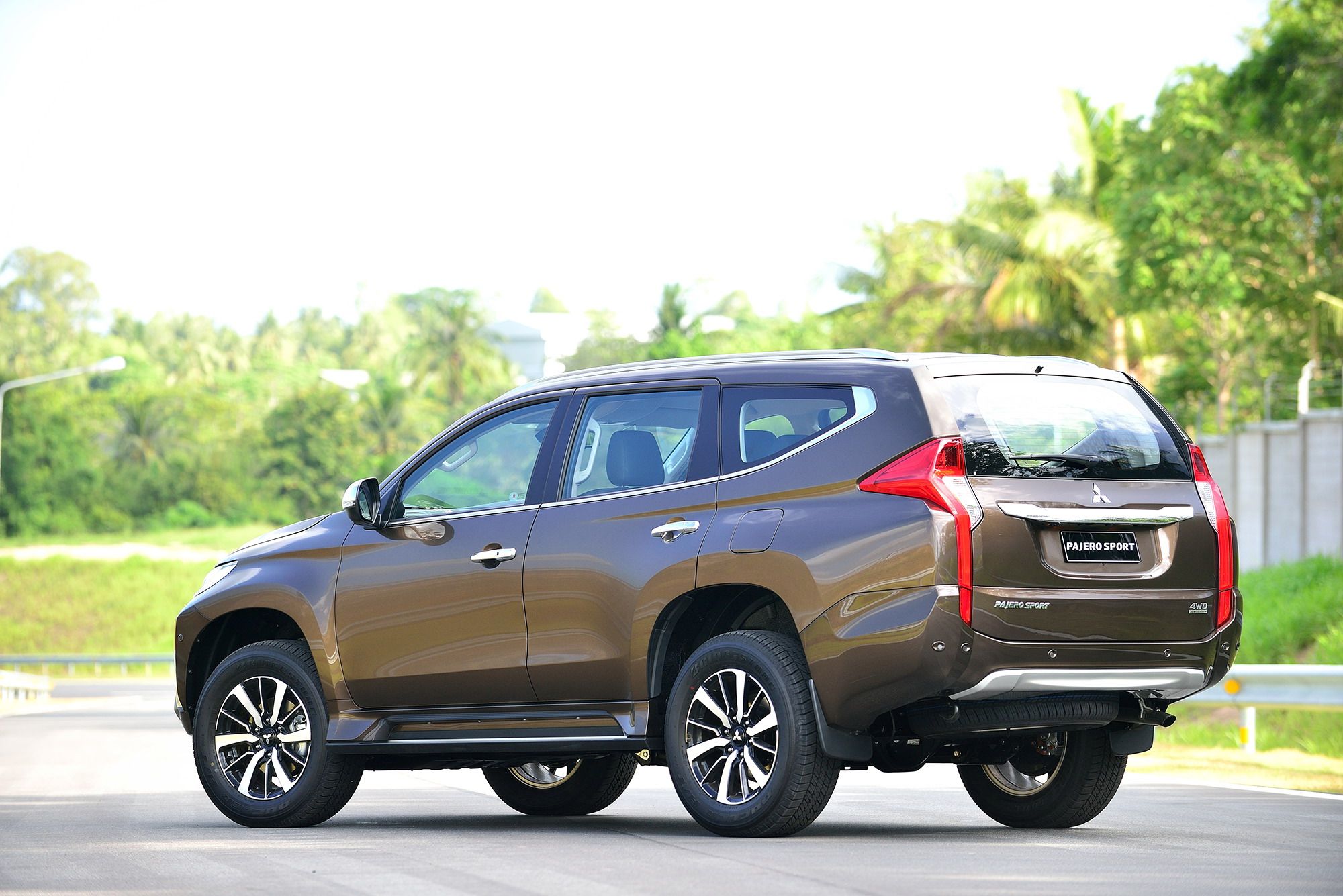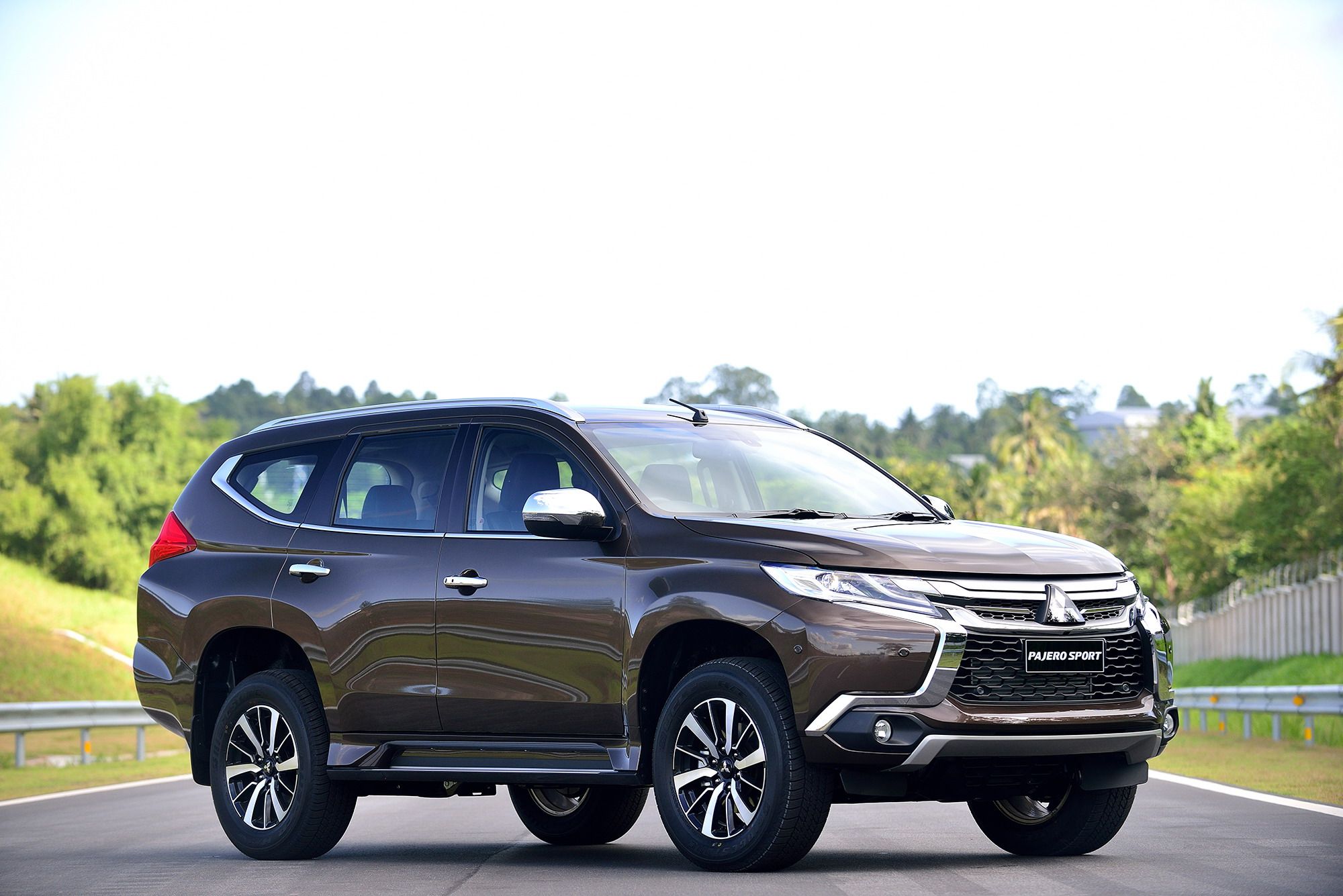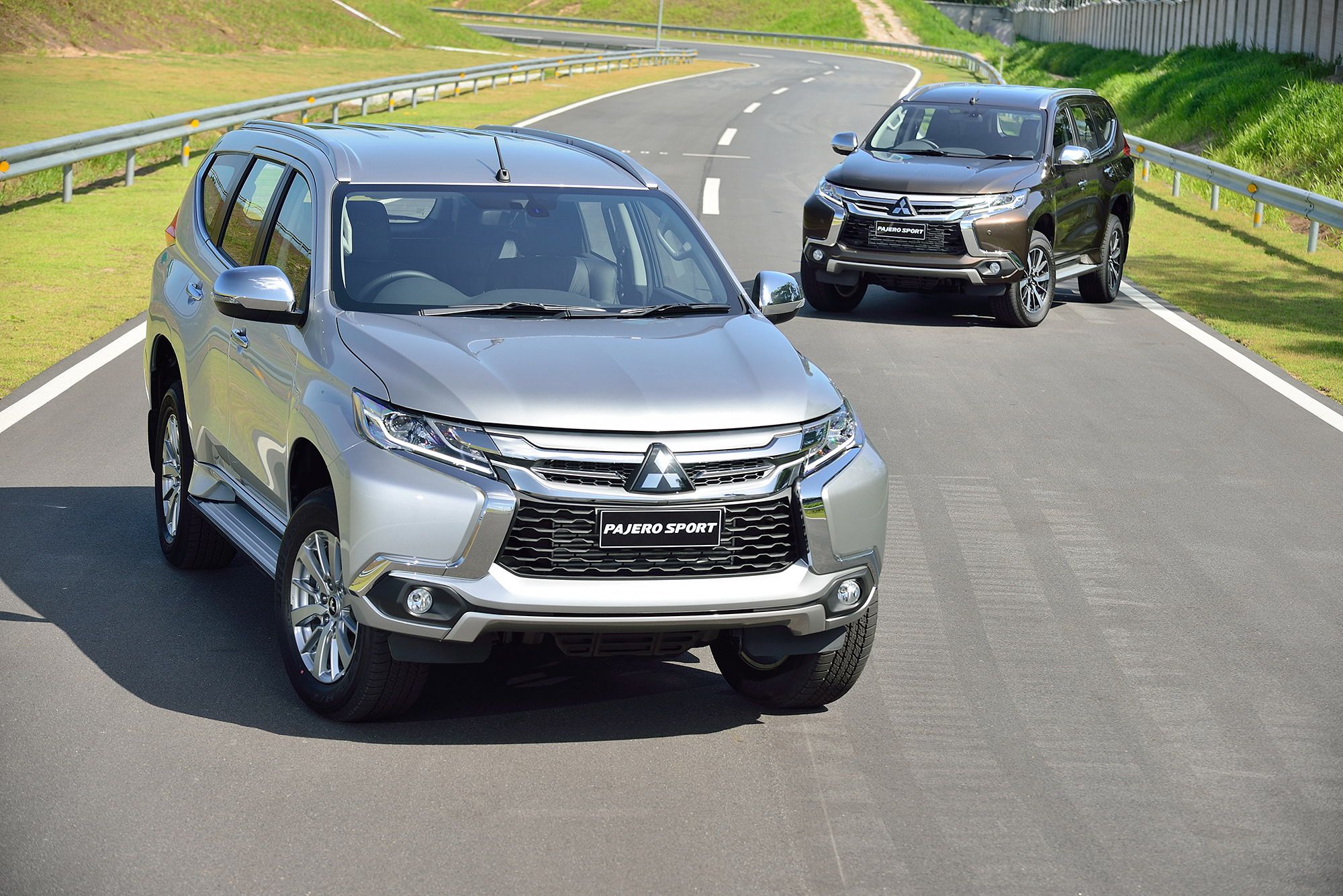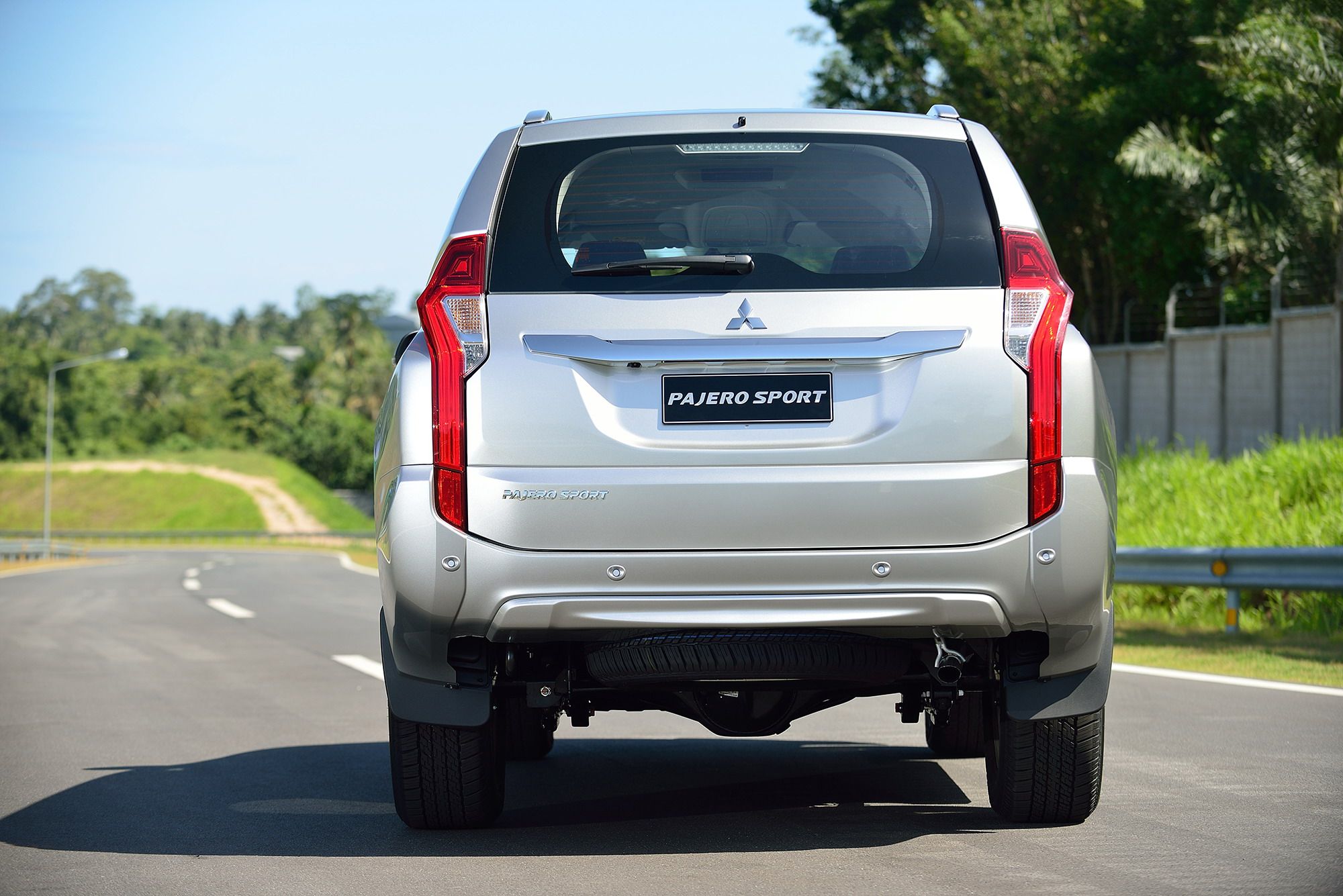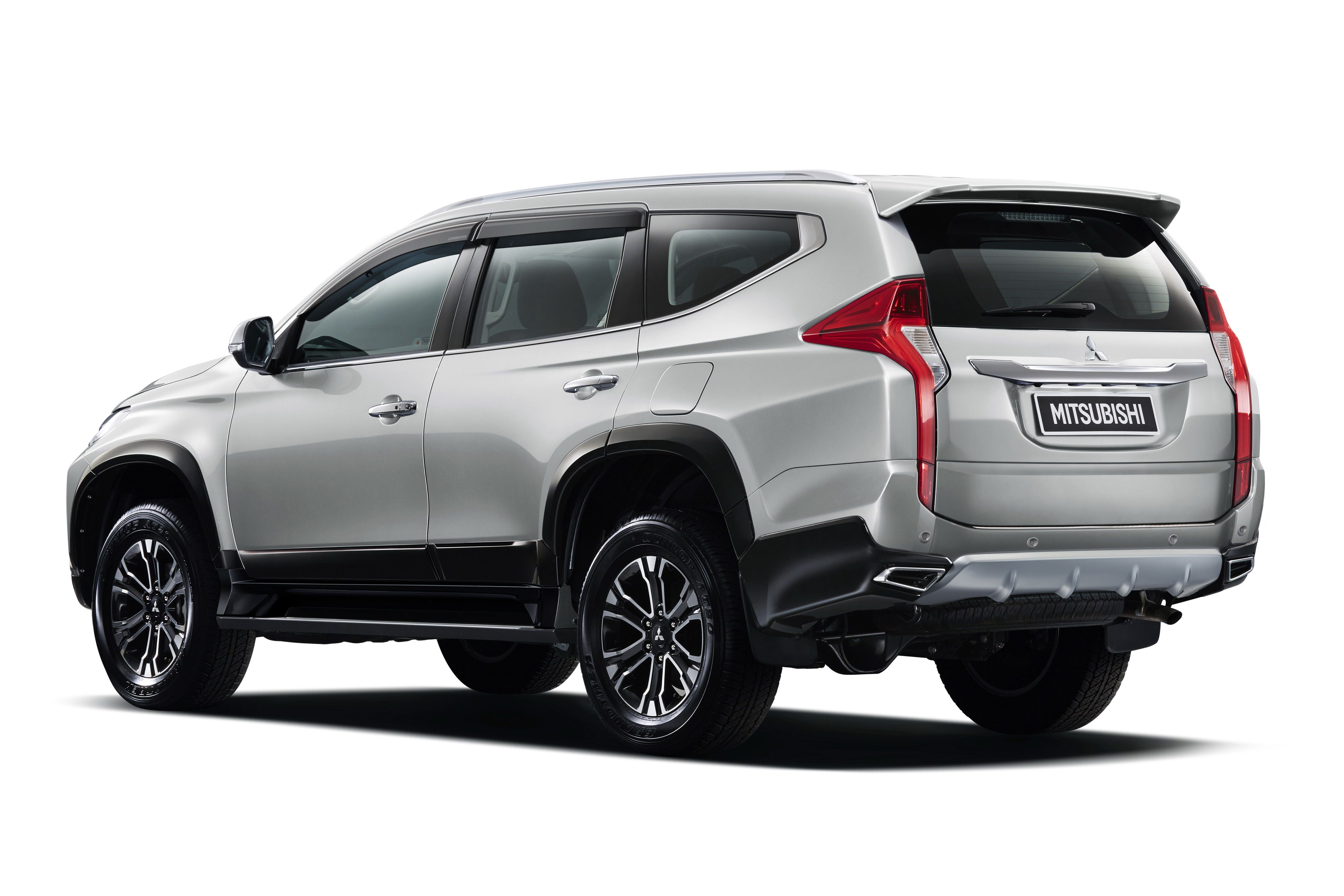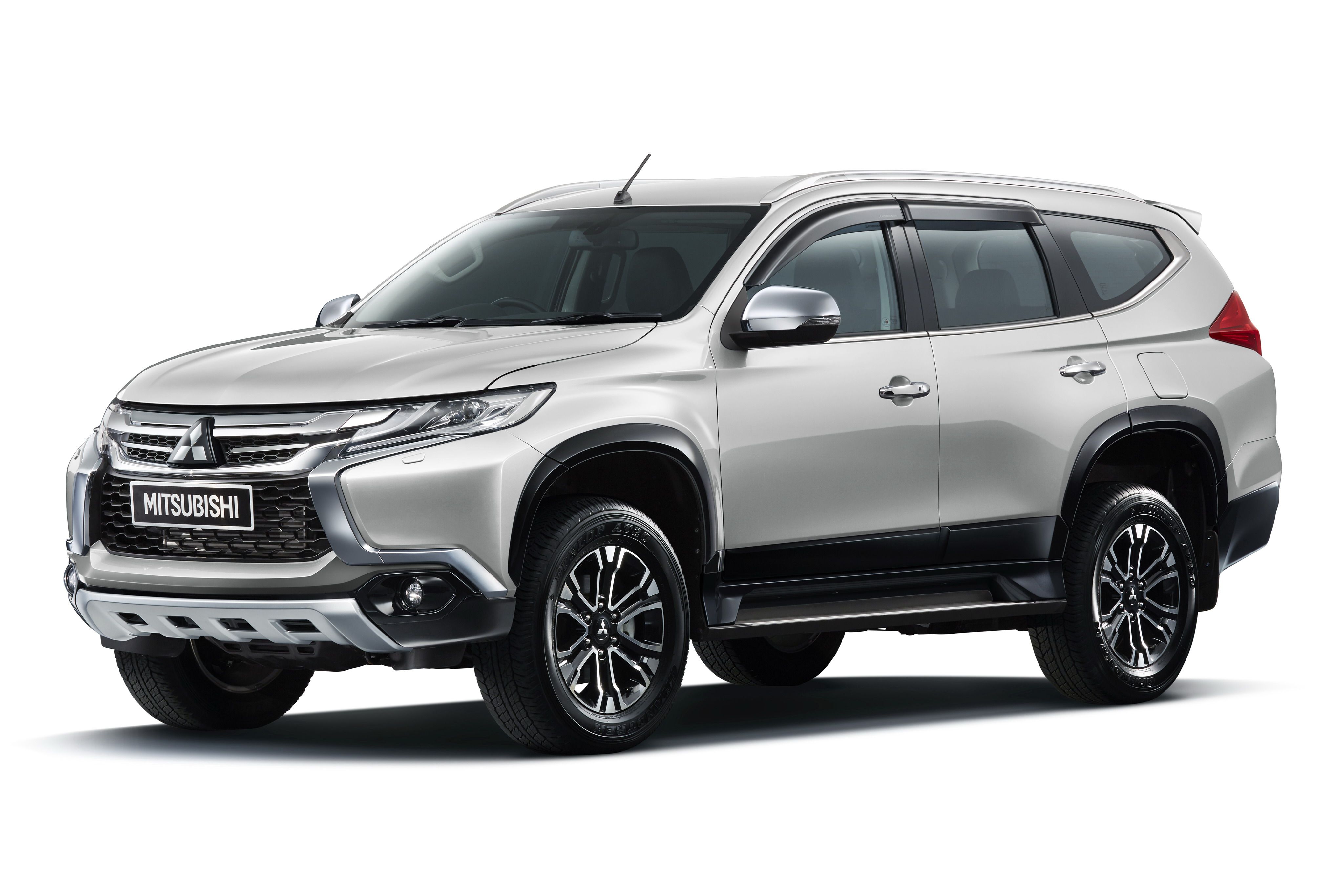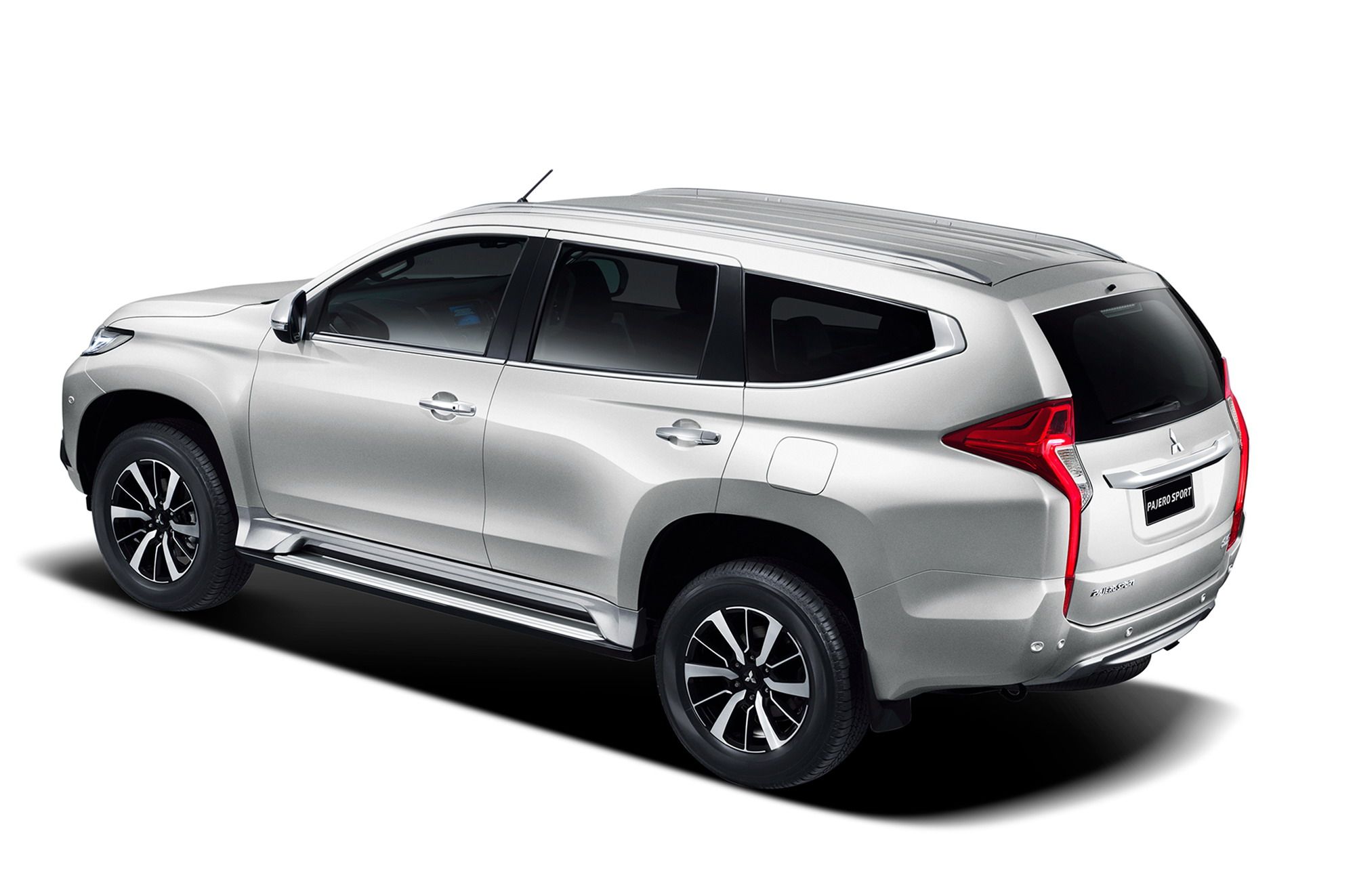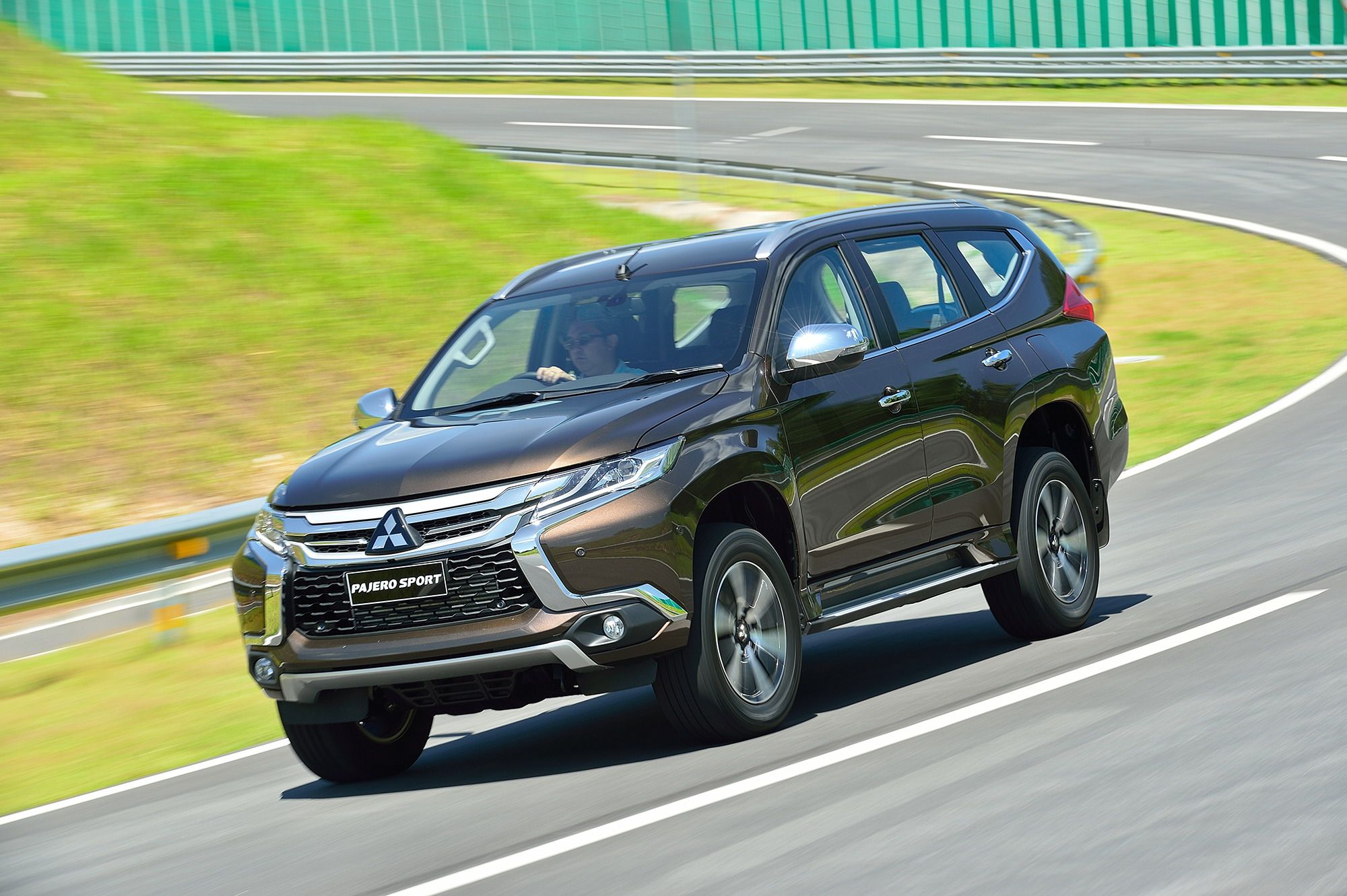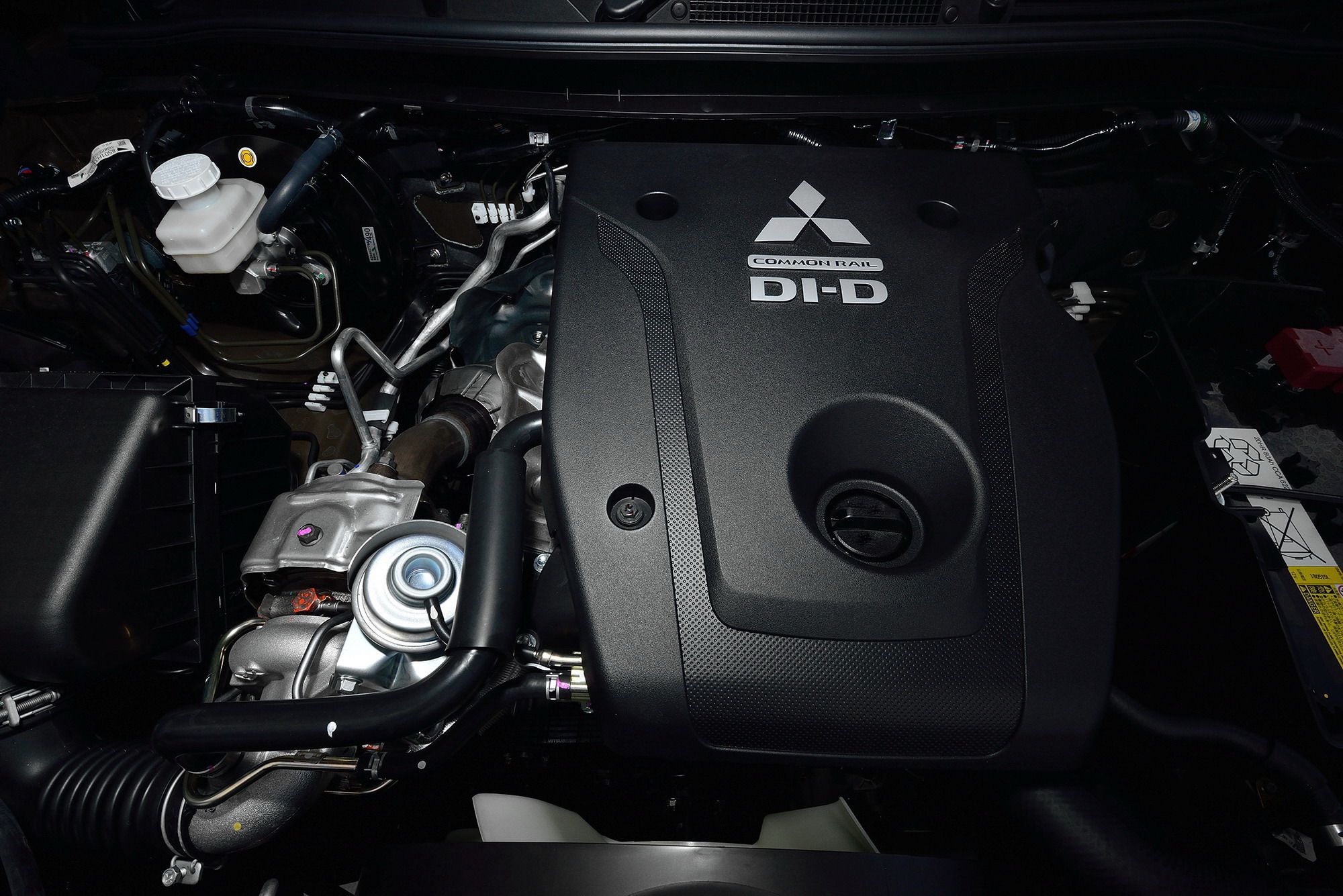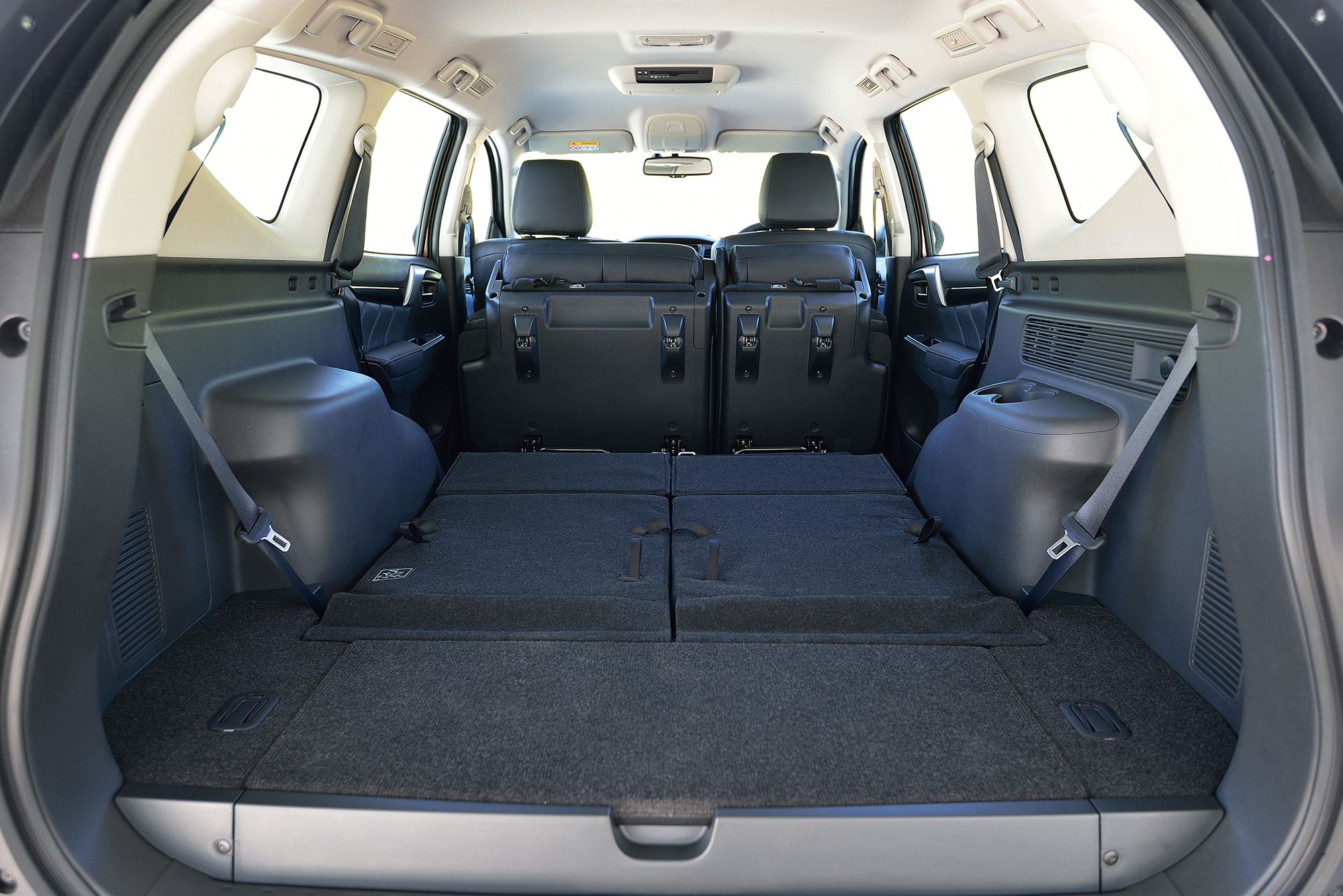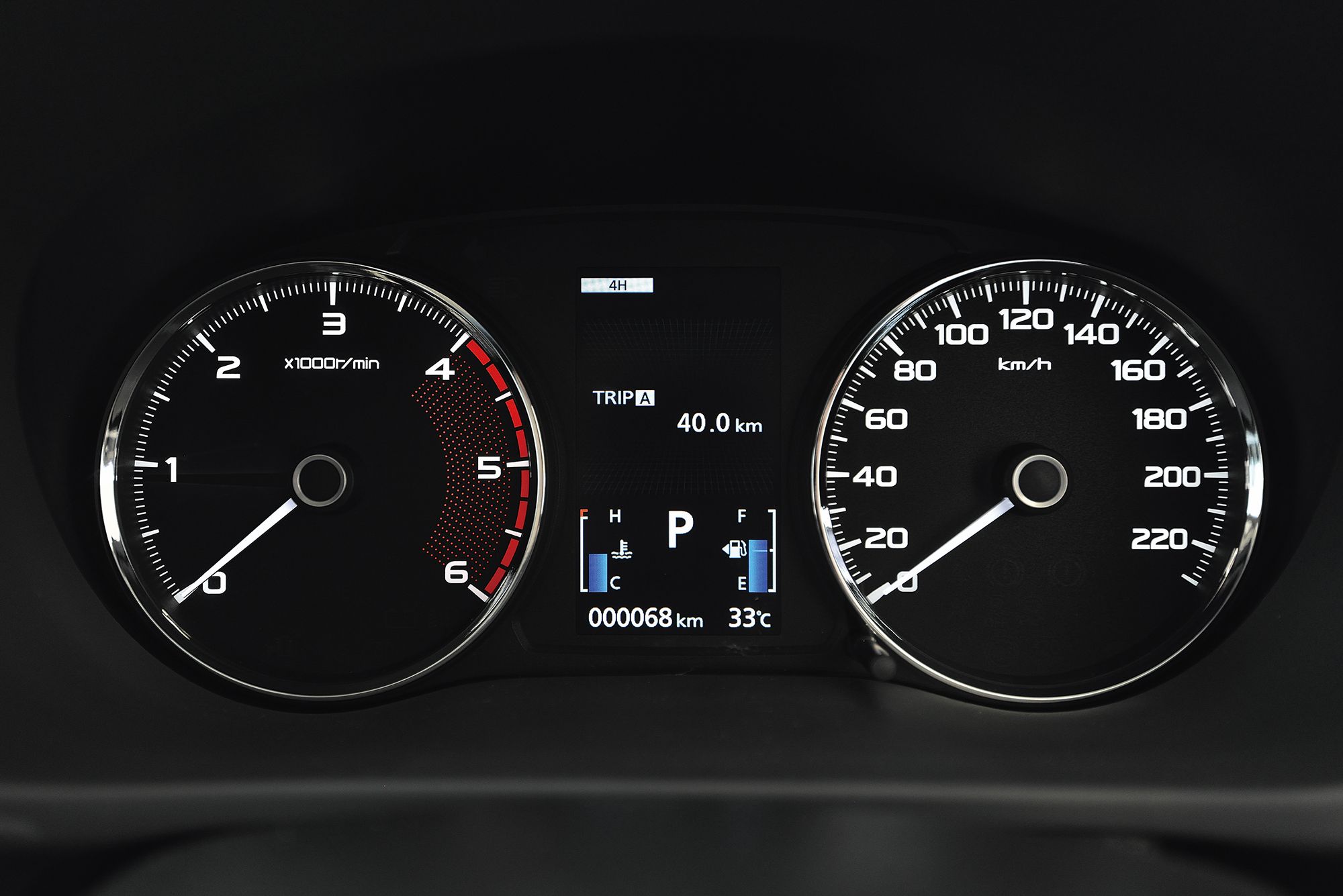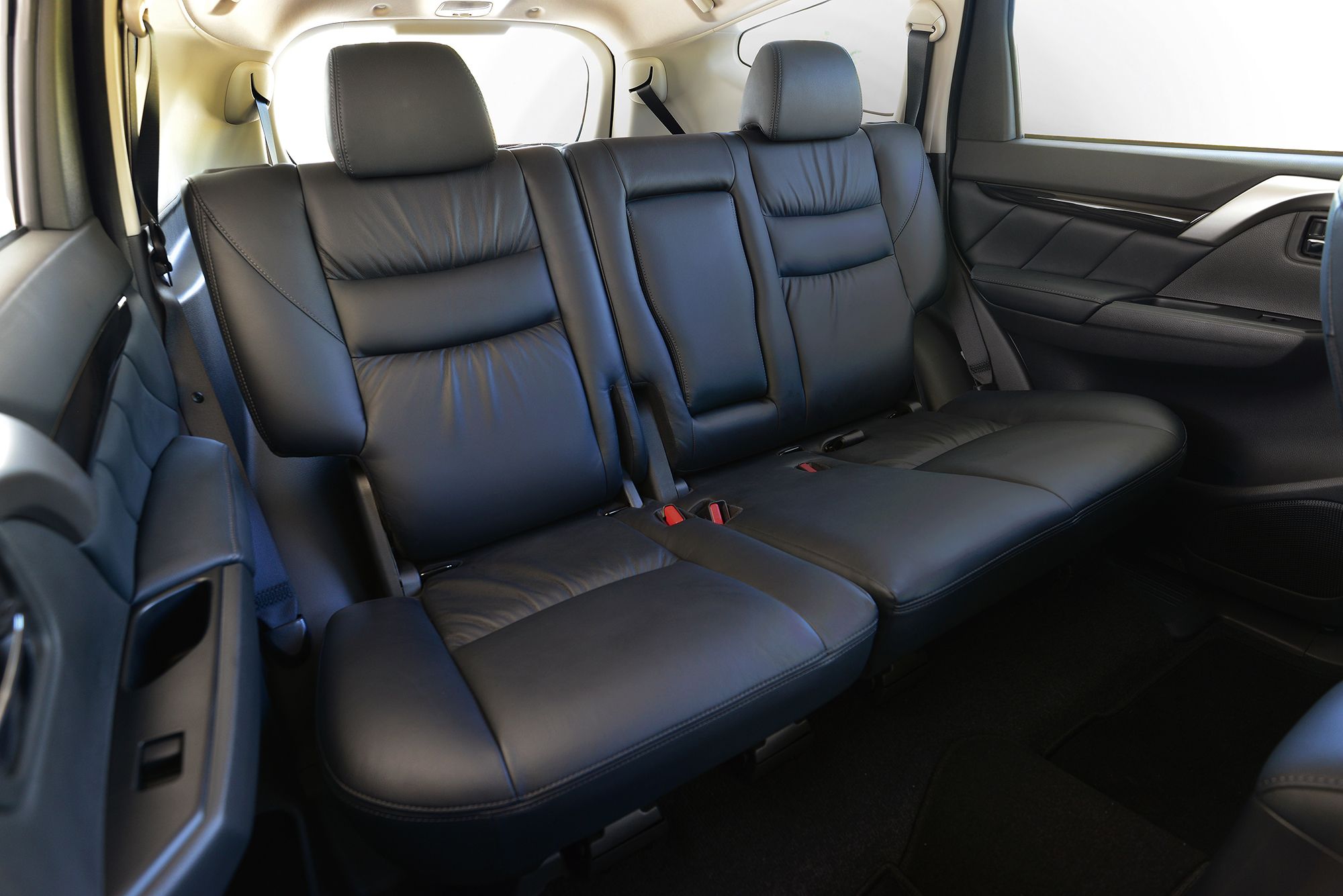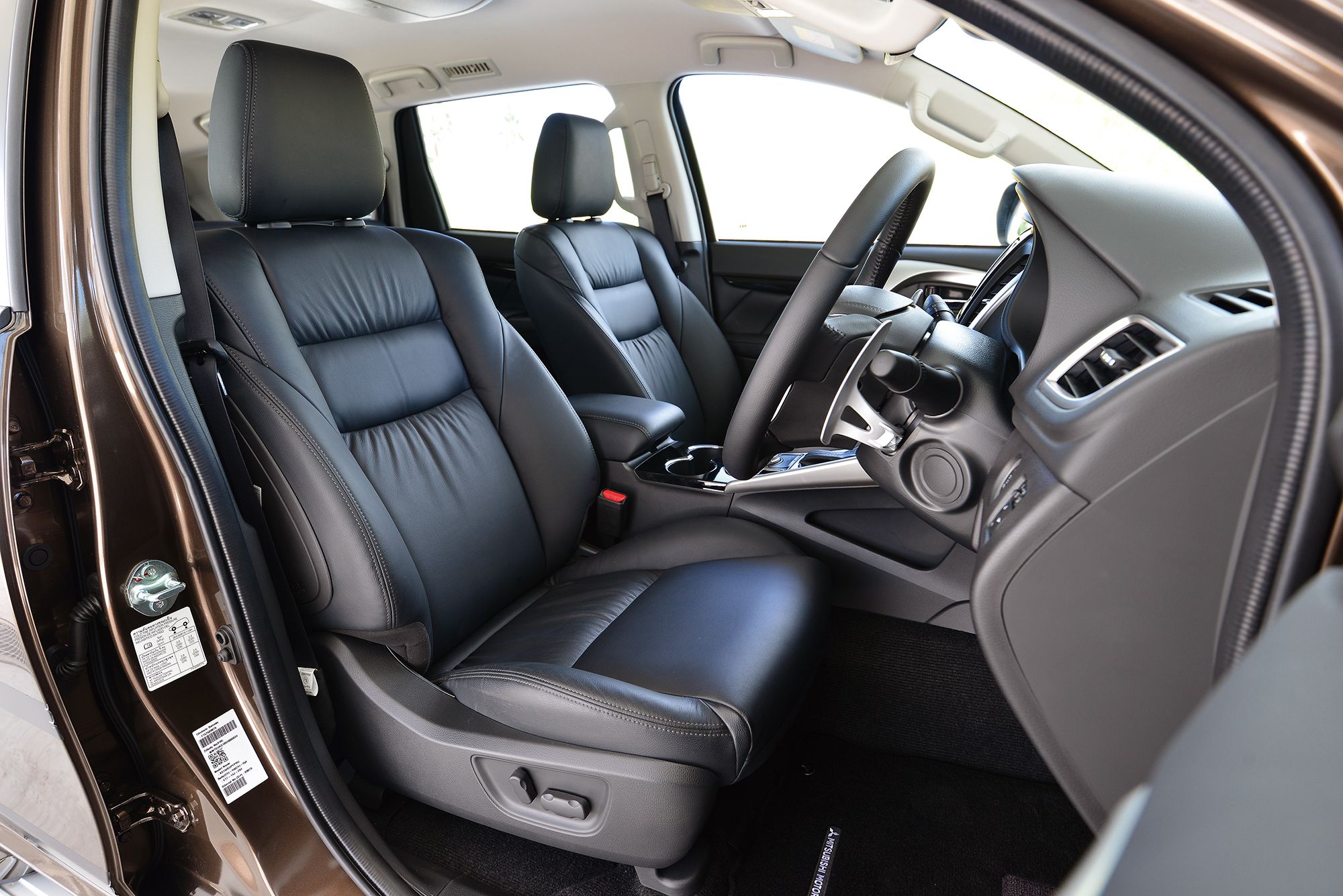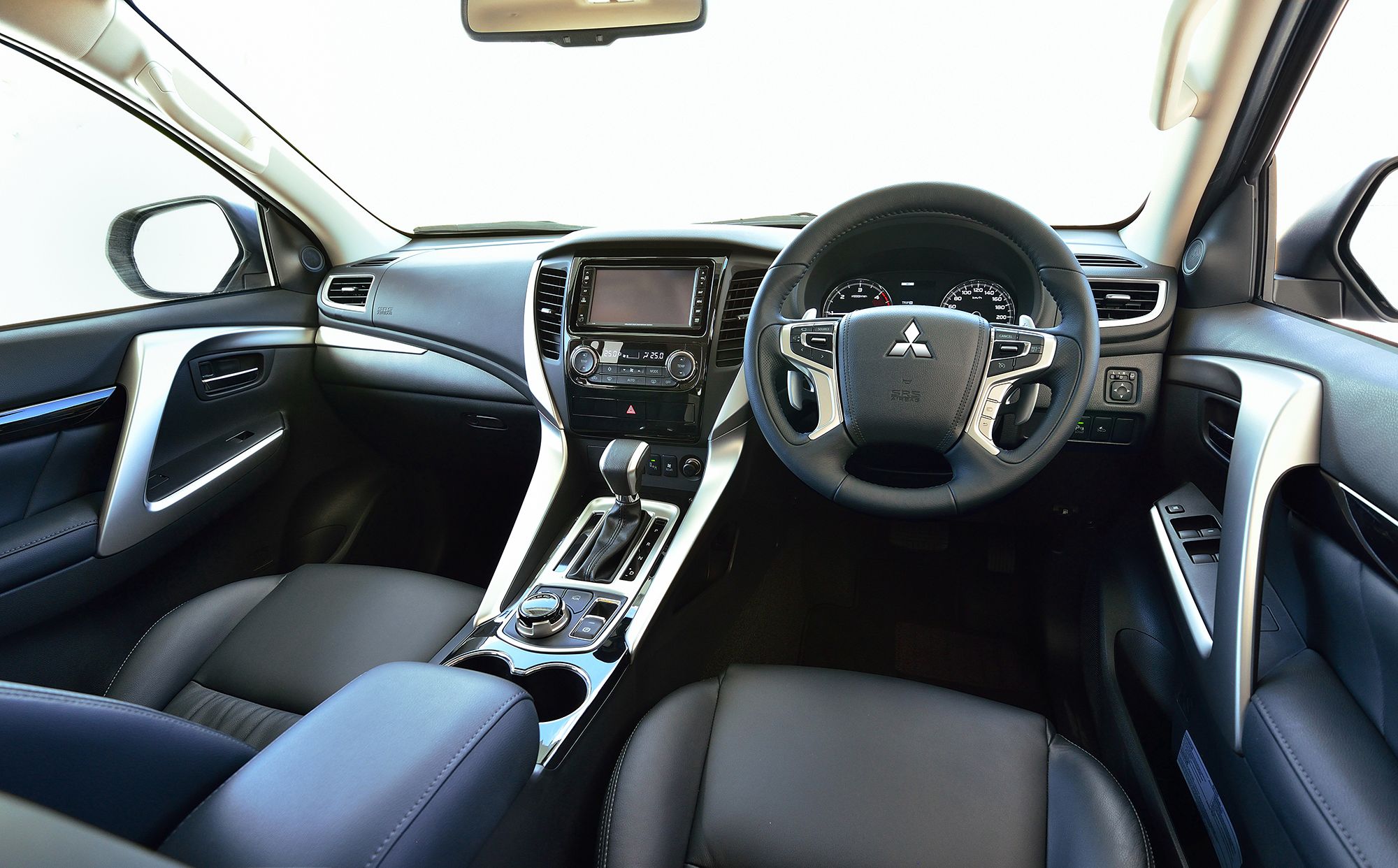Mitsubishi->ke58 might be the brand that you're always forgetting exists if you live in North America, but it still offers a wide range of products in other markets. The company sells the Pajero->ke1164 SUV->ke145 in some 90 countries around the world, and a new sport version is now being built. The Pajero Sport->ke449 is being built in Thailand->ke3752 and will be sold in all of the important markets that aren't North America, Western Europe or China. This means Australia->ke2092, India->ke3066 and Russia->ke2716 will all get it, and will undoubtedly be our source for information and reviews once the car hits showrooms.
Though the new SUV has the word “sport” right in its name, this isn't exactly an Evo-style step up from the base model. Much of the purported sportiness comes from the styling, but there are some serious improvements and the Sport is a genuinely more capable vehicle than the regular model, just don't be tempted to think of it as being able to take on a 2015 BMW X5 M on the road. A good deal more attention is paid to making the vehicle more comfortable than the regular Pajero as well, and there is a much more clear distinction between the regular model and the Sport than there has been in previous generations.
Continue reading to learn more about the Mitsubishi Pajero Sport.
2016 Mitsubishi Pajero Sport
- Make: Array
- Model: 2016 Mitsubishi Pajero Sport
- Engine/Motor: inline-4
- [do not use] Vehicle Model: Array
Exterior
The regular Pajero is quite a boxy vehicle, and for that matter, so was the previous generation of the Sport. With the new Sport, Mitsubishi has made an effort to give the SUV a more graceful and yes, even sporty look. The new body is much more car-like and less obviously utilitarian. Think of it as being the Range Rover->ke469 to the more utilitarian Land Rover->ke46 models. And like the Range Rover, the Sport offers a much more upscale look, complete with a healthy dose of chrome in the front fascia. Accent lines now run down the length of the car, with the taillights providing the transition into the rear fascia. It's all really very well executed, especially considering the markets where it will be sold aren't generally those where automakers put a lot of effort into styling.
Interior
For as modern and well thought out as the exterior is, you would expect more of an effort to have been made on the interior. It has the look of aggressive cost cutting, and the extensive use of cheap plastics have given it a dull appearance. The infotainment screen is an especially unfortunate touch, looking every bit like an aftermarket installation. There are interior that are designed to be inexpensive that work quite well, but this one gives every appearance of having been designed to be much more expensive and then stripped down, and that never looks good. It's possible that the pictures supplied by Mitsubishi are of the base Sport, and that it looks better optioned up, but don't count on it. It does look roomy though, so that's something.
Drivetrain
Mitsubishi hasn't supplied a lot of information on the engine, which isn't exactly a great sign. So for instance, we can't give you a horsepower figure, or one for torque. What we do know is that it is motivated by a 2.4-liter diesel engine that sends power through an eight-speed automatic transmission. Mitsubishi says that it is the most fuel efficient Pajero Sport to date, a 17 percent improvement over the previous generation. Also improved are the driver aides, of which Mitsubishi is offering a whole slew for both on-road and off-road. So the 4WD system now has an off-road mode, including Hill Descent Control. There is also Forward Collision Mitigation, Blind Spot Warning, and Ultrasonic Misacceleration Mitigation System. It also features Mitsubishi's first ever electric parking brake.
Prices
The Pajero is not a cheap vehicle, and although Mitsubishi hasn't supplied us with any pricing information, we'd expect the Sport to be even more expensive. In Australia, a Pajero will generally cost you in the range of $60,000 ($44,000 in USD) with any real sort of options. So, more than that is all we can guess for the Sport. It's possible that it will be a more reasonable price in other markets, but that starts to move us from the realm of educated guesses and into that of outright making things up.
Competition
Lexus NX
The most important thing to keep in mind with the Lexus NX->ke4585 is that it is the cheaper vehicle. For that slightly lower price you get exterior styling that is roughly on par with that of the Pajero Sport and an interior that is a hell of a lot better. The Lexus trades what is probably better performance for what is probably worse fuel economy, although we can't say for certain without having any numbers. The Lexus->ke47 is roomy, but not quite as much as the Mitsubishi, and this likely to be the most important deciding factor for a lot of people.
Read more on the 2015 Lexus NX here.
Volvo XC90
You will almost certainly spend more money on the Volvo->ke188, starting as it does in Australia at $89,000. But assuming that the Pajero Sport really is more expensive than the regular model, it might not be that much more money to get the Volvo. And in exchange for that extra money, you will get much more vehicle, including a genuinely top notch interior that is both attractive and full of fine materials. The Volvo is also capable, and very obviously safe, but the interior makes quite a compelling argument all by itself.
Read more on the 2016 Volvo XC90 T8 here.
Conclusion
The Pajero Sport is a vehicle that makes a lot of sense only from certain perspectives. The cheap interior and small diesel engine make sense for markets like Thailand, Africa or Russia, where it will be competing with other inexpensive models. Except that those things don't actually translate to a lower price tag. The previous generation sold in India for the equivalent of about $37,000, and for that kind of price, you'd want any cost cutting to at least be less obvious. All of the English-language reviews of the Pajero, Sport or otherwise, list the price as one of its major drawbacks, and it is unlikely that this generation will be any different. It does have to be said that it is now a far more attractive vehicle, but whether or not that makes it worth all of that money would have to be up to the buyer.

